Everything You Need to Know About Planning a Photo Safari in Africa

Frequently Asked Questions
We get a lot of great questions from our clients who are interested in making photography a central element of their safari experience. Here are a few common questions we’ll answer for you in this piece:
- What are the best times of year for photographers to visit Africa?
- How much time do you recommend we spend at each camp?
- Can Extraordinary Journeys help me find a specialist photographic guide to accompany my safari?
- Will the camps have specially-equipped photographic vehicles?
- How close will I get to the wildlife?
- Where can I get access to computers and editing software to use while on safari?
- What are the luggage allowances for camera equipment?
- Will the camps have charging areas for my batteries?
- Can I bring a drone?
When to Visit Africa for a Photographic Safari (and What to Expect)
Generally speaking, we advocate for a slow-travel approach whenever possible, especially on safari. The less time you spend in transit, the more time you’ll have to enjoy your destination, get to know the guides, and—best of all—encounter incredible wildlife. We recommend you spend at least three nights at each camp.
The best time of year to safari really depends on where and when you travel in Africa. Usually, you’ll want to travel in the driest season when the safari experience is most dramatic, typically between June and October.
If you can withstand the heat, we think October is the most dramatic time for photography in Botswana, Zambia, and Zimbabwe.
In East Africa, photographers love timing their safaris with the Great Wildebeest Migration from June through October.
We especially love East Africa from late September through December. There are fewer crowds, and even though it can be a bit damp at times, the rains only add to the drama. Another great time to visit East Africa is in January and February.
That said, some photographers love the green season: dramatic skies, clouds to soften the light, fewer crowds, longer days, and less dust.

Where to Go for Photography on Safari
Learn from the experts: camps with photographers in residence.
Three of our all-time favorite camps with in-house photography experts are:
- Alex Walker’s Serian collection in Kenya’s Maasai Mara and Tanzania’s Serengeti
- African Bush Camps at Bumi Hills Safari Lodge in Zimbabwe
- The Jackal & Hide from Natural Selections, located in the heart of the Okavango Delta

Get the VIP Treatment: Hire a Private Specialist Guide
For an even more exclusive photography experience, consider hiring a specialist photographic guide. Here are three of our favorite options.
Wild Studio with Great Plains Conservation — Botswana & Kenya
Wild Studio was founded by world-renowned wildlife filmmakers and photographers, and the expertise of their guides matches that pedigree. Still, whether you’re a beginner or an experienced photographer, you’re welcome at Wild Studio. Your private guide will educate you on photographic techniques while also providing key insights and time-earned perspective on the area’s wildlife, their habitats, and the importance of preserving the ecosystem. And at the end of your safari, a storyboarding exercise helps you tell the story of your safari and help spread the message about conservation once you return home.

Tafika Camp — Zambia’s South Luangwa National Park
A New Zealander by birth, Bryan Jackson visited Africa for the first time in the 1970s and never left. Now co-owner and Safari Manager of Remote Africa Safaris, Brian is based at Tafika Camp in Zambia’s South Luangwa National Park . He has been guiding in the Luangwa Valley for over 20 years and provides exceptional photographic expertise for specialized photographic safaris, thanks to his keen eye and decades spent honing his craft.
Depending on the size of your group, the fee to hire Bryan Jackson is $400 to $700 per day and includes a private photographic vehicle.
The Hide — Zimbabwe’s Hwange National Park
The Hide has an in-house photographer/videographer, Neil Fairlie, a native Zimbabwean and experienced wildlife documentary filmmaker. While Neil is based at The Hide , he’s also available to guests at Changa Safari Camp . Neil can guide tours for groups or individuals, beginners and professionals alike. The fee for groups of 1-4 travelers to hire Neil is $420 per day (for a full day), including a private vehicle and guide, in addition to Niel.

Leave Your Gear at Home: Camps that Provide Cameras for You
Special offer: wilderness safaris.
Wilderness Safaris has an incredible partnership with Olympus . If you stay at a Wilderness property in Botswana, Namibia, or Zimbabwe, you’ll have access to a limited number of camera sets to use throughout your safari itinerary. These sets are free of charge and available on a first-come, first-served basis for exclusive use by guests of Wilderness Safari-managed properties.
The benefits are twofold:
- Travelers get access to world-class Olympus equipment and knowledgeable Wilderness guides
- The partnership supports a scholarship program for secondary and tertiary education through Wilderness’s non-profit partner, Children in the Wilderness .
If this program is of interest to you, get in touch, so we can reserve a set of Olympus gear for you!
Below are a few properties we recommend for travelers interested in taking advantage of the photography amenities on offer with Wilderness (note: Bisate is not part of the Wilderness-Olympus partnership).
Okavango Delta, Botswana
- Mombo Camp & Little Mombo – Each room has a camera.
- Vumbura Plains – A few sets (camera with lenses) plus one pair of binoculars will be available in the main area. Bonus: Wilderness offers a slideshow for guests explaining the partnership with photographic tips and images.
Linyanti, Botswana
- Kings Pool – A few sets (camera with lenses) plus one pair of binoculars will be available in the main area. Lessons will be on offer in the sunken hide during midday when the hide is most active. An alternative option is a photographic experience on the Queen Silvia barge. In the summer months, there will be a mobile hide for the carmine bee-eaters.
Skeleton Coast, Namibia
- Serra Cafema , Hoanib , and Little Kulala – Cameras will be available in camp for guests to use in their own time, with a booklet available explaining how to use the camera, including some photographic tips and tricks. Pro-tip: for expert guidance at these camps, we recommend hiring a private guide.

Volcanoes National Park, Rwanda
- Bisate Lodge – A couple of camera sets will be available for guests to use on their gorilla treks. The camera will be pre-set in order to ensure that guests get the optimal photographic experience. Tips for photographing gorillas will also be provided.
Beyond the Wilderness-Olympus partnership, several Great Plains Conservation camps cater to photographers and can provide a camera for you. Here are a few of our favorites:
- Zarafa Camp – Linyanti, Botswana
- Selinda Camp – Linyanti, Botswana
- Duba Plains Camp – Okavango Delta, Botswana
- Ol Donyo Lodge – Amboseli and Chyulu Hills National Parks, Kenya
- Mara Plains Camp – Maasai Mara, Kenya
- Mara Nyika Camp – Maasai Mara, Kenya
All of Great Plains Conservation’s 5-star camps have a Canon 5d Mark III or IV with two sets of wide-angle lenses (including 100-400mm) per room for guest use. Guides can do a basic tutorial and can always position the vehicle to maximize the chances for great images.
Learn Everything You Need to Know: Specialist Photo Camps
If you want to learn how to use your camera to its fullest capabilities, a specialist photo camp might be perfect for you. Here are three of our favorites:
Pangolin Chobe Hotel – Chobe National Park, Botswana
For professional, passionate, knowledgeable photographic guides, look no further than Pangolin Chobe Hotel. You’re guaranteed a warm welcome and helpful attention to your photography, regardless of your skills or experience. Plus, incredible wildlife at Chobe make for a wonderfully immersive safari experience.
Zimanga Private Game Reserve – KwaZulu-Natal, South Africa
Zimanga offers state-of-the-art photographic hides , built in partnership with “The Invisible Wildlife Photographer,” Bence Mate . These hides provide visitors extraordinary opportunities to observe African wildlife. Additionally, Zimanga’s game drive vehicles have a limit of two passengers per row, ensuring ample space for your gear and maneuverability.
Photograph in Comfort: Camps with Photographic Vehicles
For the ultimate experience of comfort, amenities, and exceptional access to great photographic opportunities, a specially-designed photographic vehicle may be just what you’re looking for.
Depending on the property, your vehicle may feature:
- Space for 3-4 photographers (and their equipment)
- Drop-down sides for photographers to lie down and get low-angle photographs
- Three 360º swivel seats, one per “row” – seats also lean right back if required
- Only front and back bars to hold up the roofless obstruction of view for photography
- Beanbags and foam camera rest (photographers advised to bring their own tripods)
- Vehicle kit with a fridge, charging points, roll-down sides for bad weather, etc.
- Lowered center console with raised lid for quick and easy access to lens changes
- Lowered snorkel for better forward views
- Radio aerial at the back of the vehicle for better forward views
- Specially-designed pop-off roof (choose whether you want it on or off!)
- Additional leg room

Several camps offer photographic safari vehicles. Here are our favorites.
- Asilia Africa has photography vehicles based in the Maasai Mara which service all their Mara Camps. They have one in the Central Serengeti for use at Dunia Camp and the new Namiri Plains , one in Northern Serengeti for Sayari Camp (and seasonal Asilia migration camps), and also one in Ruaha for use at Jabali Ridge and Kwihala Camp.
- Mombo Camp – Okavango Delta, Botswana
- Mashatu Lodge – Mashatu Game Reserve, Botswana
- Ngala Safari Lodge – Timbavati Game Reserve, Kruger National Park, South Africa
- Phinda Vlei Lodge – KwaZulu-Natal, South Africa
- Phinda Zuka Lodge – KwaZulu-Natal, South Africa
- Phinda Homestead – KwaZulu-Natal, South Africa
Get Up Close to the Action: Camps with Excellent Photographic Hides
- Ol Donyo Lodge (Amboseli and Chyulu Hills National Parks, Kenya) offers two photographic hides, one at ground level and one sunken container that faces the water hole in front of the lodge.
- An elephant-proof ground-level hide based at a waterhole, perfect for both beginner and professional photographers
- Semi-permanent hides that are regularly relocated to drying waterholes in the riverbeds characteristic of Mashatu.
- An infinity bird hide where you can photograph seed-eating birds at eye level
- A hide based at the white-fronted bee-eater colony
- Singita Pamushana (Gonarezhou National Park, Zimbabwe) offers a hide near a waterhole that can comfortably accommodate six guests and their guides. The hide even includes an en-suite flush toilet !
- Linkwasha Camp (Hwange National Park, Zimbabwe) offers their Photo Hub experience at their sunken hide. This post-brunch event includes an informative slideshow and cameras available for guest use at tea time.
- Little Makalolo (Hwange National Park, Zimbabwe) offers a Photo Hub experience similar to Linkwasha’s, but the location is at their log pile hide.
- Chamilandu Bush Camp (South Luangwa National Park, Zambia) has a hide that looks over an oxbow lagoon behind the camp, the perfect location for spotting bathing elephants.
- Kaingo Camp (South Luangwa National Park, Zambia) offers photographic hides regularly used by National Geographic, the BBC, and the Discovery Channel for wildlife photo shoots and documentaries. Kaingo features both a hippo hide and an elephant hide.
- Chiawa Camp (Lower Zambezi National Park, Zambia) offers two hides, one near the edge of the Zambezi and one near the camp’s water tank overflow. We especially love the option of a night safari in the second hide where guests can use an infrared spotlight and night-vision monoculars to view any nocturnal (or diurnal) wildlife stopping to drink nearby.
Polish Your Work: Camps with Editing Tools
If you want to head home with perfectly-edited photos ready for printing, several camps offer computers with a full suite of editing tools for guest use. If this sounds appealing to you, we recommend:
- Singita Ebony Lodge – Sabi Sands South Africa
- Singita Boulders Lodge – Sabi Sands, South Africa
- Singita Faru Faru – Serengeti National Park, Tanzania
- Singita Lebombo Lodge – Kruger National Park, South Africa
- Singita Kwitonda Lodge – Volcanoes National Park, Rwanda
- Singita Pamushana – Gonarezhou National Park, Zimbabwe

Keeping It Simple: Photographic Day Tours
You don’t have to build your entire safari around photography to still enjoy some incredible moments behind your camera. For a lighter take on the full-fledged photographic safari, we recommend a day tour! You’ll get to take in amazing views of wildlife and learn to make better use of your camera while you’re at it.
Here are two of our favorite tours:
Chase the Sun Peninsula Tour in Cape Town
This tour gives you a fantastic overview of Cape Town’s highlights, and the route is scheduled to take advantage of optimum lighting conditions in each stop!
Photograph technicolor bathing boxes at Muizenberg Beach, quaint streets and brightly-colored fishing boats at Kalk Bay, jackass penguins at Boulder’s Beach, the iconic Cape Point, and the granite and sandstone cliff face stretching along Chapman’s Peak Drive.
This eight-hour tour includes lunch and is limited to just 12 guests.

3-Hour Photo Safari River Cruise Along the Chobe River
For a half-day photographic excursion, we recommend this cruise along the Chobe. Opt for an early morning cruise (departure is usually around 6 a.m.) or an afternoon one (departure is about 3 p.m.). Either way, the itinerary is planned around optimum lighting conditions, so you’re sure to get some beautiful shots. The boat provides a unique vantage point.
The cameras supplied for this tour are Canon 80D bodies fitted with 150-600mm Sigma telephoto lenses. If you’re a beginner photographer, the photo hosts on board will set you up and help you use the camera to its fullest potential.
Special Mention
Every camp featured in this piece offers something special and well-suited to photography-minded travelers. But if we had to choose a #1 favorite destination, it would be Tswalu in South Africa’s Southern Kalahari.
The colors in this desert game reserve are stunning, and we love that they offer private vehicles. This is also a favorite destination of one of our expert photographer clients, JP Pollak. Check out his rave review here .
What to Pack: Essential Gear
We all love our iPhones, but we promise: Apple will fail you when on safari. For optimum results and an enjoyable experience, we recommend you pack the following:
- DSLR camera
- A long lens (an 18-200mm is the recommended minimum) or an all-in-one camera with 20x zoom
- Tripod, especially for after-dark shots
- Monopod, especially if you’ll be in a more open vehicle with fewer surfaces to support your camera
- A bean bag on which to rest your telephoto lens (pro-tip: you can bring the bag empty and fill it in camp with rice or dried beans)
- Charging gear: adapter, power strip (though most camps have these), and possibly an inverter for the truck (some have outputs)
- A sturdy dust-proof camera bag or case
- Lens cleaning equipment
- Extra batteries (2+) – you’ll be able to charge them in camp, but it’s best to have extras while out in the vehicle
- Extra memory cards
- Portable memory card back-up devices (no laptop required!)
- Wide-angle lens (not essential, but great to have if you want some landscape shots or close-ups of interesting insects)

What NOT to Pack
Too much luggage.
We recommend that you pack simply and sensibly for your photographic safari, keeping extra suitcases to a minimum.
And remember, several camps can provide camera equipment for you (see above).
Pro-tip: While some photographers prefer to bring along a tripod (especially for long-exposure shots at night), it’s not an essential. Most camps have bean bags to help stabilize your camera in the vehicle.
If you plan on bringing camera gear from home, airlines have several different ways to accommodate extra luggage, depending on the carrier. You may be asked to:
- Book a freight seat for an additional 20kg to 75kg, depending on carrier and route (some carriers charge the child rate, others charge 75% of the full fare)
- Book an XL seat which allows an extra 15kg (fees vary by route)
- Pay a weight-based fee for extra luggage
- Check your bags for transport in the luggage hold under the plane for an additional fee (though with fragile camera equipment, you may want to book a freight seat)
While we understand that drones are great for aerial shots and hard-to-reach places, they’re prohibited in most National Parks and strongly discouraged elsewhere.
The general consensus is that while technically, you might be able to use a drone on safari, it’s best not to bother.
Enjoy all you can from a safari vehicle, photographic hide, or hot air balloon (and there’s plenty to shoot from there!). The drone will be there waiting for you when you get home.
A Few More Important Tips
Be sure to practice with your equipment before you arrive, especially if you’re buying a new camera and/or accessories. The last thing you want is to be fumbling with unfamiliar gear when you could be getting that amazing shot!
Try Some New Techniques
Whether you’re a beginner or a seasoned expert, it never hurts to pick up a few new photographic tricks. We love these guides to photography on safari:
- Sabi Sabi’s Wildlife Photography Tips
- Singita’s Top 5 Wildlife Photography Tips from our Field Guides
And be sure to check out our own ask-the-experts piece, featuring the photo safari advice of four Extraordinary Journeys clients .
Shoot Throughout the Day
Dawn and dusk are obviously the best times to photograph wildlife. The early mornings are worth it! But consider shooting after dark, too. Just remember a tripod for those long-exposure shots (think starry night skies in the deserts of Namibia).
Put That Camera Down
We know you’re here for the photos, but once in a while, it’s important to get out from behind the camera and just enjoy what’s unfolding before you.
Remember Family & Friends
If you’re traveling with loved ones, be sure to snap a few shots of them, too! No need to make everybody shuffle around in awkward group poses, either. Candids of your kids, spouse, or friends observing wildlife and marveling at the beautiful scenery might just be some of the best shots you take home.
Practice Cultural Sensitivity
As with any safari, the local people and cultures are as much a part of the experience as the wildlife. Be sensitive to the customs, social mores, and preferences of the people you encounter, especially when it comes to photographing them. Some groups may welcome your camera while others may find your candid shots offensive. When in doubt, ask your guide what is appropriate. They’ll help you avoid any awkward encounters.
Sample Itineraries for Your Photographic Safari
Does a photographic safari sound too good to pass up? Check out these two itineraries for inspiration for your own adventure!
- Kenya: Wildlife Photographers Safari at Ol Donyo Lodge and Mara Plains Camp, including a professional photographer guide and private vehicle
- Zimbabwe: Learn to Use Your Camera in Zimbabwe with Pro Guide Nyengedzayi Kazingizi who also has canoeing and boating licenses (for amazing shots from the water!)
- Kenya & Tanzania: Our Great Migration Photographic Safari provides the ultimate photographic experience, getting you up close to the action for the Great Wildebeest Migration with both a private vehicle and a specialist guide.
And remember, we customize every journey for our clients; no two trips are ever the same. If this piece already has you thinking of other destinations and properties, contact us today to start planning your tailor-made safari!
Plan Your Photographic Safari Today!
Ready to start planning your own incredible African adventure? We make the process stress-free and enjoyable. Call or email us today to explore your best options for a safari holiday you’ll never forget!
Then, start packing that suitcase because we’ve got all the details covered.
National Geographic content straight to your inbox—sign up for our popular newsletters here

5 Tips for Better Photos on Safari
Get the most out of this once-in-a-lifetime trip.
Every year, flocks of eager tourists set out on safari in hopes of capturing the quintessential wildlife photo. Getting the perfect shot isn’t just about luck—you can improve your odds significantly with some careful planning. Here are a few tips for getting the most out of this once-in-a-lifetime trip.

Choose Your Gear Wisely
Choose a camera setup that will get you close to the action without weighing you down. The easiest way to achieve this is with interchangeable lenses—preferably a zoom lens around 200-400mm and another lens for wide landscape shots. The optimal setup is two cameras: one with a long lens and one with a wide lens. You don’t want to miss the shot because you’re switching lenses right as the lion goes in for the kill, not to mention the dusty conditions that can wreak havoc on an exposed sensor. Avoid taking a tripod since they can be cumbersome and space is limited on the vehicle. Pack extra batteries and memory cards since you’ll have few chances to charge your camera and transfer photos throughout the day. Whatever gear you decide to take, it’s essential to know the ins and outs before your trip—if you’re busy tinkering with a new camera, you’re probably missing out on the action around you.

A guide from the Ol Donyo Lodge looks through his binoculars at sunset in the Chyulu Hills of Kenya. The Lodge offers incredible views of Mount Kilimanjaro.
Go With a Pro
It’s tempting to try and save money by organizing a safari on your own, but it’s worth it to go with a travel specialist, like Safari Professionals . Quality travel advisors can offer small or private tours so you are not fighting for a good view or moving on before you get the shot. A good guide will also have the knowledge and experience with wildlife to ensure you’re in the right place at the right time to capture stunning images. Going at it alone or with an inexperienced operator may lead to missed opportunities and subpar photos.

Light is Key
The essence of good photography comes down to good light, and nature photography is no exception. It doesn’t matter how expensive your gear is, without good light, your photos will be flat and uninteresting. Getting the best possible photos from your trip might mean losing some sleep. Waking up before sunrise will provide the best light and more opportunities for active wildlife since many animals retreat to rest in the shade during the heat of the day. Similarly, dusk is an optimal time to capture animals waking up from their afternoon naps as the sun sets on the horizon.

It is tempting to move on from the herd of elephants after snapping a few photos, but patience pays off. In order to get spectacular images, you have to spend time watching the animals. Over time, you can better understand the animal’s behavior and relationships, which will lead to better photos.

- Nat Geo Expeditions
Get a Different Perspective
Game drives are by far the most common way people see wildlife in Africa but there a number of other options. Walking safaris provide opportunities to get on the ground and see things that might be overlooked in a vehicle. Biking tours are a great way to be more active while on safari but they are not ideal for photography since bikes and cameras don’t mix well together. For those looking to splurge, safari operators like Scenic Air Safaris will give you a whole new view of Africa. Unlike most safari companies, Scenic Air Safaris is one of the few operators that specializes in low level flying, giving you a unique view of the landscape and animals while on route to your destination. Scenic Air Safaris also offers access to leading endangered animal experts while you are on a trip. A variety of different animal experts, from cheetahs to African wild dogs, are on hand throughout your safari to provide priceless insight into each animal's behavior and what actions are being taken on the ground to preserve the species and its habitat.
FREE BONUS ISSUE
Related topics.
- WILDLIFE PHOTOGRAPHY
- PHOTOGRAPHY TIPS
- TRAVEL PHOTOGRAPHY
- PHOTOGRAPHY
You May Also Like

The Masterclasses 2023: 10 practical tips to help you succeed as a travel photographer

Desert hikes and camping under the stars on a budget safari in Namibia

Maasai Mara & beyond: 5 must-see safari parks in Kenya

How I got the shot: Jonathan Gregson on witnessing Uganda's wallowing hippos

How I got the shot: Ben Pipe on coming face to face with a lion
- Environment
- Paid Content
History & Culture
- History & Culture
- History Magazine
- Mind, Body, Wonder
- Terms of Use
- Privacy Policy
- Your US State Privacy Rights
- Children's Online Privacy Policy
- Interest-Based Ads
- About Nielsen Measurement
- Do Not Sell or Share My Personal Information
- Nat Geo Home
- Attend a Live Event
- Book a Trip
- Inspire Your Kids
- Shop Nat Geo
- Visit the D.C. Museum
- Learn About Our Impact
- Support Our Mission
- Advertise With Us
- Customer Service
- Renew Subscription
- Manage Your Subscription
- Work at Nat Geo
- Sign Up for Our Newsletters
- Contribute to Protect the Planet
Copyright © 1996-2015 National Geographic Society Copyright © 2015-2024 National Geographic Partners, LLC. All rights reserved
TOP DESTINATIONS
- Kruger Park
- Okavango Delta
- Serengeti National Park
- Victoria Falls
TOP COUNTRIES
South Africa
TRAVEL DEALS
View All Travel Deals
SOUTHERN AFRICA
East africa, indian ocean islands, top experiences.
- Beach Holidays
- Family Safaris
- Honeymoon Safaris
- Desert Safaris
- Luxury Rail Safaris
- Multi-Generational Safaris
- Positive Impact Safaris
Photographic Safaris
- Walking Safaris
WILDLIFE SAFARI
- Big Five Safaris
- Birding Safaris
- Gorilla Trekking Safaris
- Migration Safaris
- Mobile Camping Safaris
- Horseback Safaris
FEATURED EXPERIENCES
Comfort levels, property types.
- Tented Camps
- Boutique Hotels
Featured Safari Collections
- The Safari Collection
- Red Carnation
- African Anthology
- Saruni Basecamp
- African Bush Camps
GET TO KNOW US
- Meet The Team
- Pricing Explained
- Traveller Reviews
- Traveller Stories
- Why Book With Us?
- HerdTracker
- Safari Cost Calculator
- South Africa In 360
- Trusted Safari Partners
What are you looking for?
- Safaris & Tours
- Destinations
- Experiences
- Accommodations
- Why book with us?
Hello traveller!
It's in Cape Town now.
We're sorry. Our safari planners aren't available now. Our office hours are 08:00 - 19:00 (GMT+2).
Call us to speak to an experienced safari planner.
Alternatively, we recommend...
Schedule a phone or Zoom call with one of our safari planners
Complete our travel enquiry form to connect with a safari planner
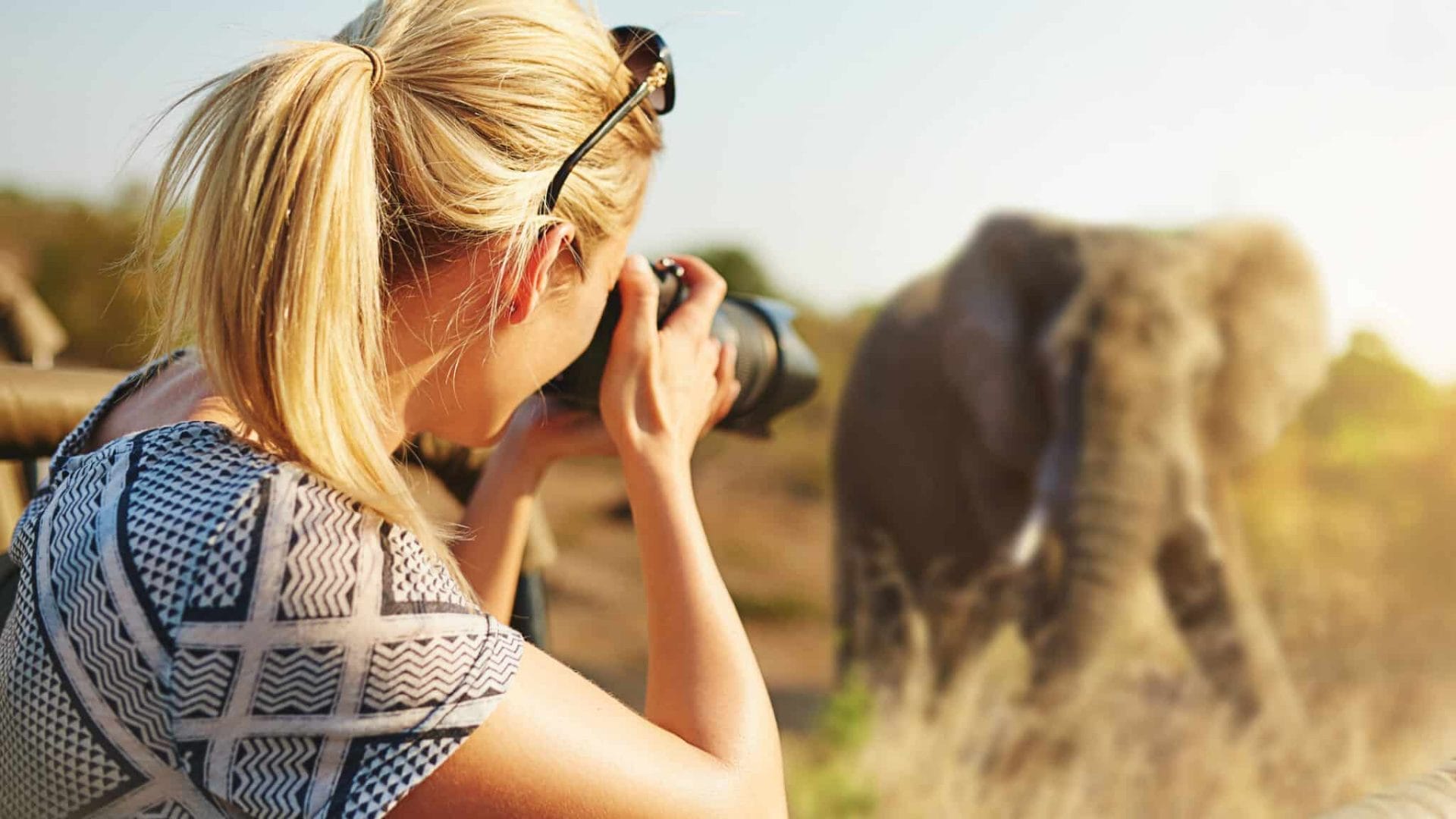
Photographic Safaris in Africa
Africa's best authentic tailor-made safaris.

By Adelle Belle
Safari Travel Planner
Africa offers a unique opportunity for photography enthusiasts through its specialised photo safaris. Unlike regular safaris, these tours cater specifically to the needs of photographers. While on safari, a photographer may need more time and patience than usual to get the desired shot.
This type of safari emphasizes patience, allowing ample time for capturing wildlife in their natural habitat. There will be guides leading you who are knowledgeable about both photography and wildlife. This means positioning the safari vehicle for the best shots and understanding the importance of lighting and timing.
The African photographic safari tours also accommodate the extra equipment that photographers usually carry to make sure that nothing interferes with the search for the perfect image. Countries like South Africa, Botswana, Kenya, and Tanzania are renowned for their photographic safaris. These tours provide an opportunity to not only enjoy the wildlife and landscapes but also to improve your photography skills.
Popular Photographic Safaris in Africa
Each of our popular itineraries can be tailor-made to suit your budget as well as your specific interests..

Fly Namibia Desert & Safari Adventure
Southern Africa Namibia Sossusvlei Swakopmund Twyfelfontein Etosha
From $ 5180 /USD
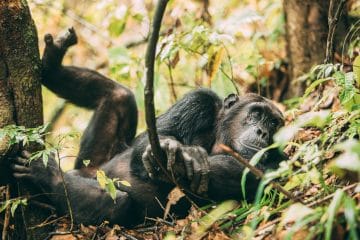
Greatest Tanzania Adventure
East Africa Tanzania Ngorongoro Crater Serengeti Mahale Mountains
From $ 15190 /USD
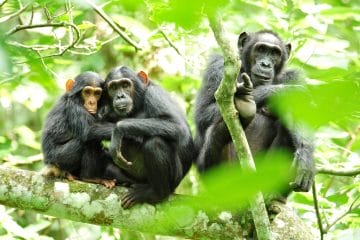
Classic Uganda Private Tour
East Africa Uganda Bwindi Impenetrable Kibale Queen Elizabeth
From $ 7900 /USD
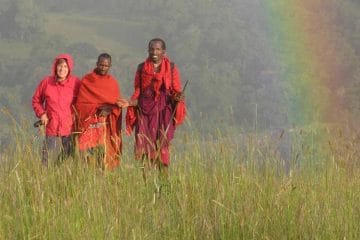
Oltyiani Trail - Camping with the Maasai
East Africa Kenya Maasai Mara
From $ 5350 /USD
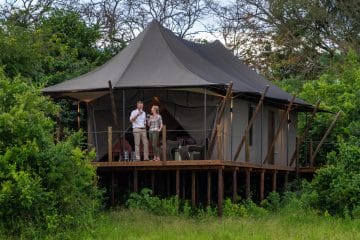
Wellness Safari, Chimp and Gorilla Trekking in ...
East Africa Rwanda Akagera National Park Nyungwe National Park Volcanoes
From $ 17200 /USD
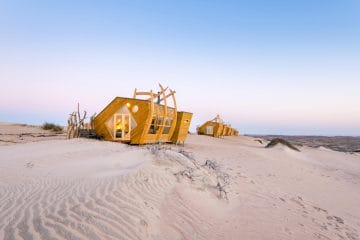
Classic Namibia Flying Safari
Southern Africa Namibia Sossusvlei Damaraland Kunene Region
From $ 9290 /USD
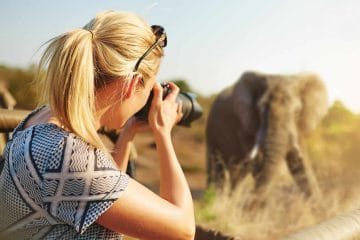
69 Photographic Safaris to choose from
Stay for 3 - 16 days
What Destinations have Photographic Safaris in Africa
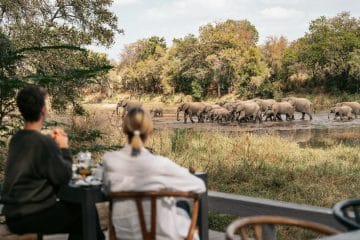
A glimpse into Photographic Safaris in Africa
What you need to know about Photographic Safaris in Africa
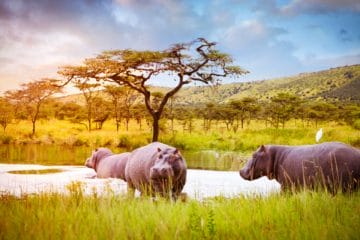
East Africa’s Safari Experiences: A Photographer’s Paradise
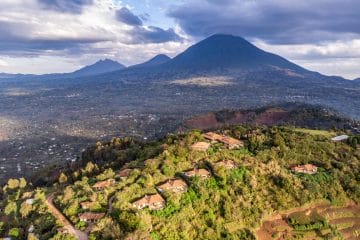
Mountain Gorillas and Volcanos: Why Rwanda is a Photographer’s Dream Safari
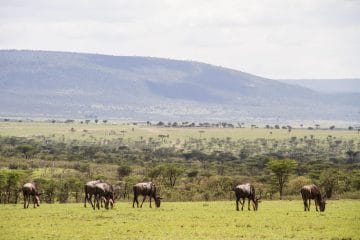
5 Kenya Highlights Worthy of Your Next Photo Safari
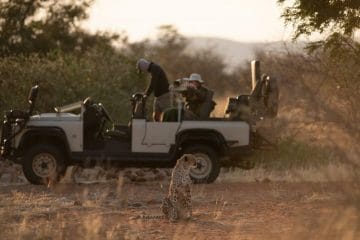
10 Best Destinations for Photographic Safaris in South Africa
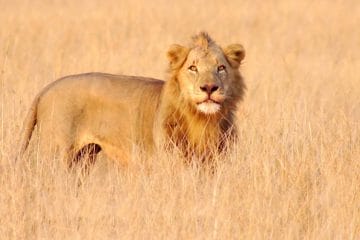
The 10 Best Destinations for Photographic Safaris in Mozambique
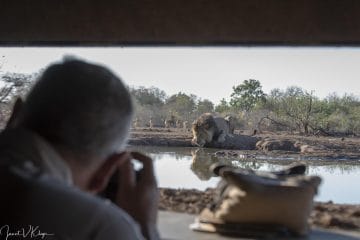
8 African Lodges That Offer Unique Photographic Hides
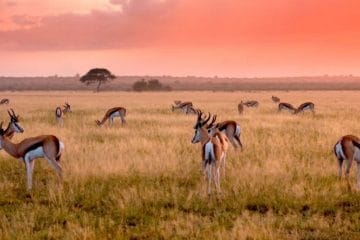
A Short Guide to the Central Kalahari Game Reserve
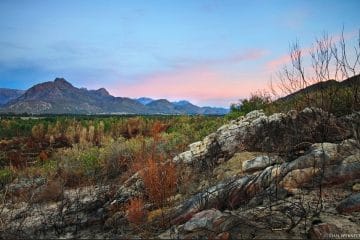
Interview with landscape photographer Juan Wernecke
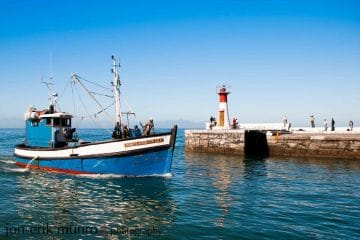
Interview with South African photographer Jon-Erik Munro

Interview with nature and wildlife photographer Shem Compion
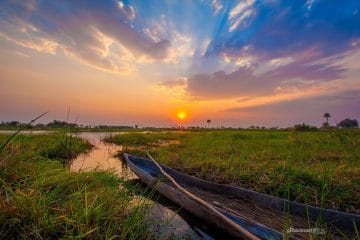
Southern Africa’s best photographic safari destinations

Five photographic hides in Botswana
Why travel with us, recent reviews from travellers who planned and booked their africa trips with discover africa safaris, we can do nothing but highly recommend susan from discover africa. what....
10 Days Cape Town, Winelands and Kruger Park Safari Review
Bryan & Neil, United Kingdom 13 Mar 2024
Absolutely perfection, my dream came true..
12 Day South Africa Safari Review
Anne, United Kingdom 24 Oct 2023
A seamless experience with expert/objective advice and terrific communication..
6 Day Luxury Sabi Sand Safari Review
Caroline, United States 04 Aug 2023
Excellent experience, great communication, custom itinerary..
Victoria Falls & Okavango Delta Review
PVX, United States 11 Jul 2022
Antoinette was a competent, experienced, and well informed tour operator..
Okavango Delta & Vic Falls Safari
Darron and Mary, United States 11 Aug 2021
A trip for enjoyment and experiencing africa.
Leroo La Tau Review
YT, Hong Kong SAR China 29 Feb 2020
Travel with confidence, with over 20 years of experience, our team will help you choose the perfect african safari for your adventure., 24/7 support, personalized, ready to plan your tailor-made safari.

Antoinette Booyse, Safari Travel Planner
Free safari planning advice from destination experts
Registered Members of these Organizations

USEFUL LINKS
- African Safaris
- African Safari Tours
- African Safari Lodges
- Why Book with us?
- Content Collaborations
- Safari Cost Estimator Tool
- Wildebeest Migration
- Privacy Policy
- Website Terms of Use
POPULAR COUNTRIES
- View All Countries
- South Africa Safaris
- Botswana Safaris
- Kenya Safaris
- Tanzania Safaris
- Namibia Safaris
- Rwanda Safaris
- Uganda Safaris
- Zambia Safaris
- Zimbabwe Safaris
POPULAR DESTINATIONS
- View All Destinations
- Cape Town Holidays
- Kruger Safaris
- Victoria Falls Safaris
- Masai Mara Safaris
- Serengeti Safaris
- Etosha Safaris
- Chobe Safaris
- Okavango Delta Safaris
TRAVEL BLOGS
- 10 Birds to Spot while on Safari in Tanzania
- Lufthansa Ups Direct Flights to South Africa
- Cape of Storms: What You Need to Know about Cape Town’s Weather
- Animal Attacks: How to Stay Safe on Safari
- Travel News Digest, 5 April: FlySafair’s Kruger-Cape Route, Destination Dupes, Increased Biodiversity Focus
DISCOVER AFRICA SAFARIS
- 2nd floor, Tygervalley Chambers One, 27 Willie van Schoor Avenue, Bellville, Cape Town , 7530
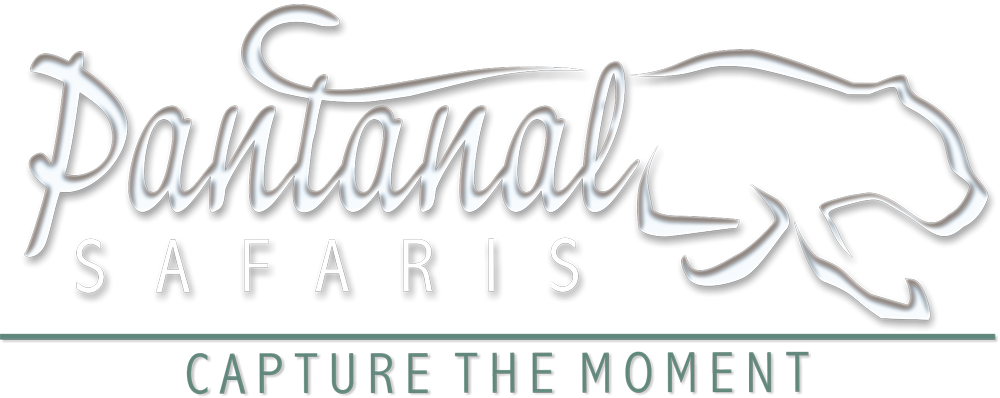
We are recommended by the best wildlife photographers in the world, including Steve Winter of National Geographic
We specialize in jaguar photography safaris, 16 days pantanal & jaguar, 8 days pantanal wildlife, 6 days jaguar, full days on the boat exploring rivers and small channels in search for jaguars in the meeting of the waters state park., 5 days jaguar, from our starting point at porto jofre we will spend 3 full days (10+ hours) per day to spot and photograph the jaguar., 5 days pantanal wildlife, discover the wonders of the pantanal on one of our pantanal wildlife tours., fly drive jaguar, the fly drive jaguar safari is a great option if you have limited time and want to maximize your time on the river with the jaguars..
Fabricio is the best guide in the Pantanal! 20 years ago while working on the first ever Jaguar story for National Geographic Magazine I worked with Fiao who was the ranger for Pantanal National Park and Fabricio’s uncle. Now I came back to do the next NGM story and a TV show for NG Wild – who do I work with – The Man – Fabricio – 100% local Pantanero’s!! I always say in my big cat talks for NG Live – that local people need to benefit from living with Predators – so hire local operators – you cannot go wrong with Pantanal Safaris! He always got me the best shot and knew how to maneuver thru the boats as everyone knows him and his family’s legacy in the area. Thanks so much Fabricio!!
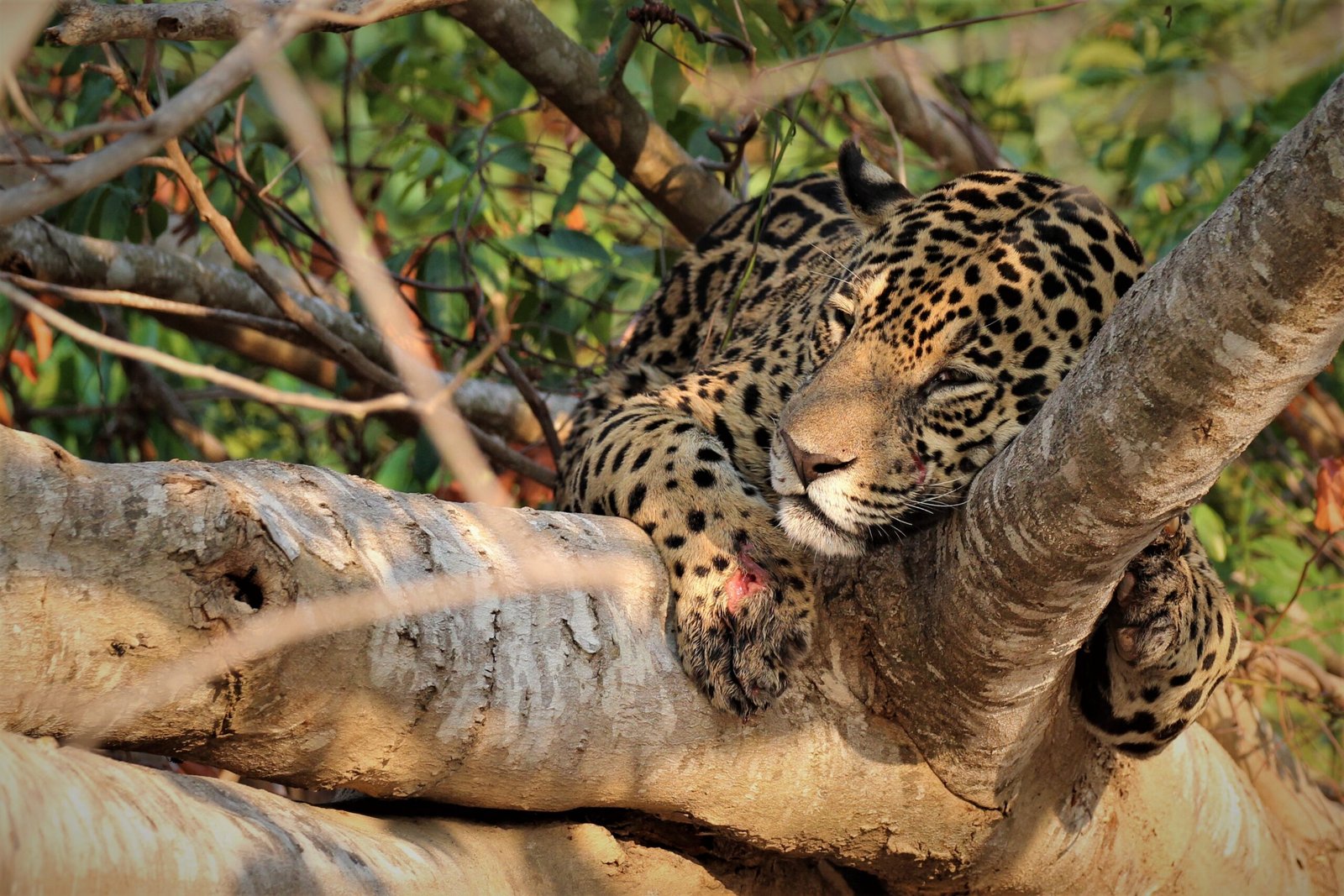
We did the 16-day Pantanal trip with Pantanal Safaris and were impressed with all the lodges and the overall experience. Fabricio tailored the trip to our interest in birds and photography and made some adjustments to the basic itinerary. Our guide Tito knew all the properties very well and spoke with the guides at the properties to find out what was active at the time we were visiting. The 16 days enabled us to work our way down the Transpantanal Highway to Porto Joffre and then back up to Cuiaba. Everything was handled for us so we could concentrate on the experience. All the lodges were very nice and the food was exceptional. In addition to many bird species we witnessed jaguars capture caiman, mother jaguars with cubs, giant river otters, giant anteater and most of the iconic Pantanal species. Every tour is different but the exciting part of this type of trip is that you never know each day what exciting things you will see. In terms of photography this trip is highly productive for both quality and quantity of subjects and situations. I highly recommend Fabricio, Pantanal Safaris, and all their excellent guides and drivers. I am anxious to return.
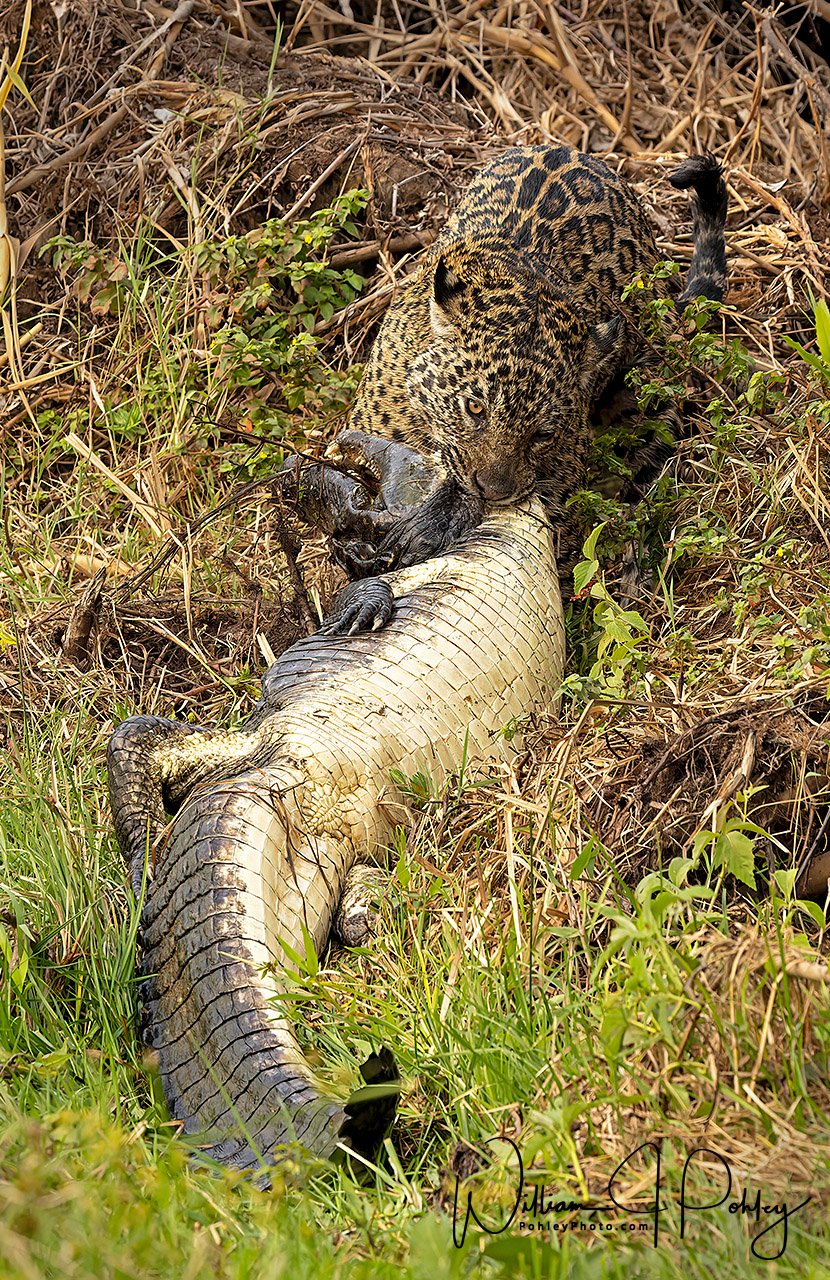
My brother and I did the 5 Day Jaguar Tour with Pantanal Safaris, and it was the best wildlife trip I have ever taken. The service was excellent the entire time with Tito! From the moment we were picked up from the airport our adventure of seeing all types of wildlife began, the jaguars were just the icing on top! I was amazed at the vast knowledge Tito had on where to find these elusive cats. For me it was hard see them with their pattern and Tito could point them out in a second. That is a skill that one acquires from many years of travelling the Pantanal. Another thing to mention is how nice and genuine Tito, Fabricio, and the rest of the team at Pantanal Safaris are. At the end of every day my brother and I always enjoyed having our coffee break with Tito and shooting the breeze on what an awesome day it was. I could not be more pleased with the trip, I would do it again, and many of my photos are now hanging on the wall of my apartment!
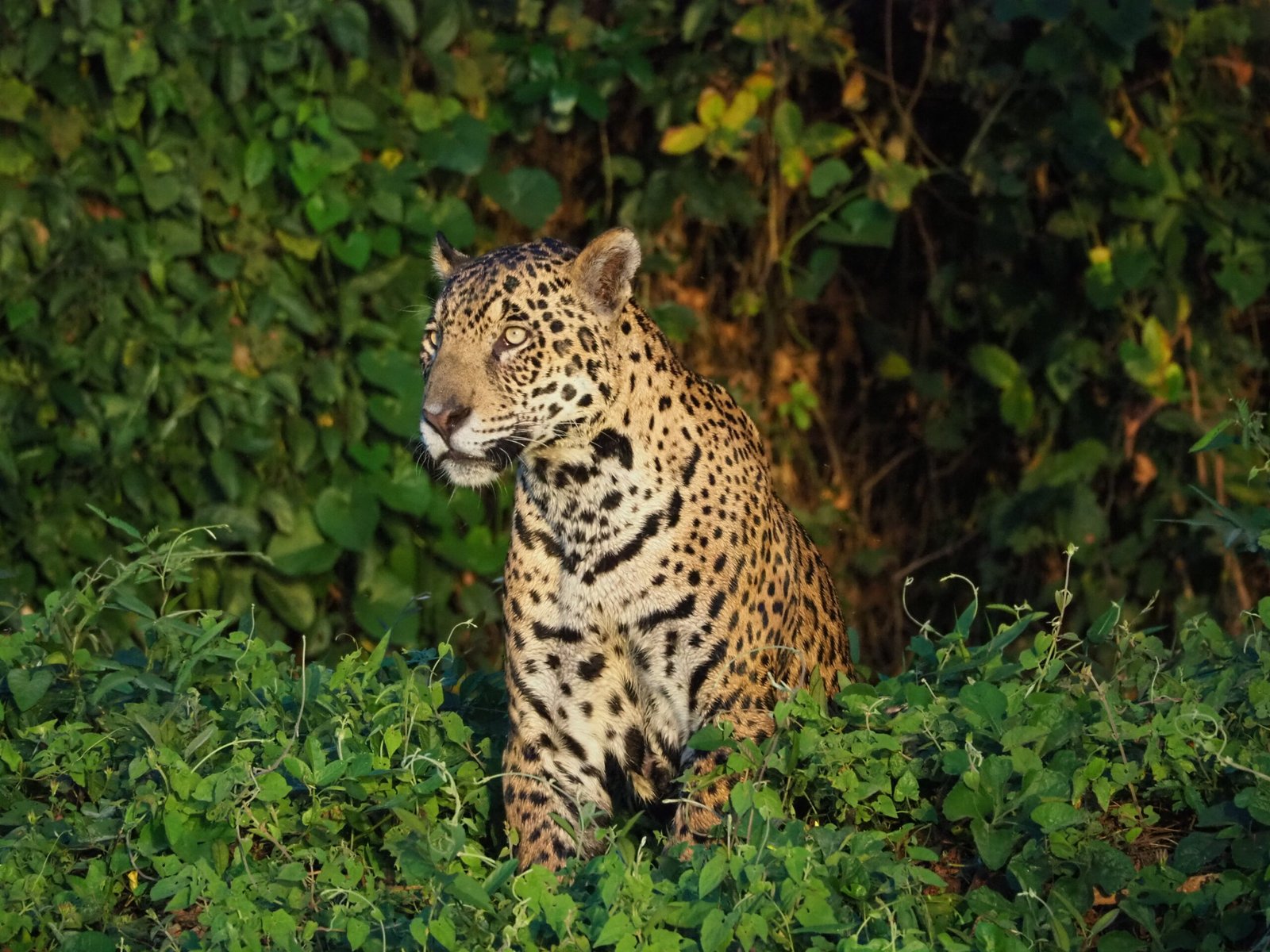
Receive inside information from experienced local guides, the latest news about Pantanal, our tours and upcoming safari specials.
- Privacy Policy
- developed by Supreme agency
- All rights reserved
Privacy Overview
Uganda Photo Safari A Trip of a Lifetime
Come join me on an incredible Uganda Photo Safari in East Africa. The truth is that Uganda is one of my favorite countries on the planet. This is not only because of beautiful people, rich culture and diverse landscapes but because it is home to some of the most jaw-dropping wildlife experiences in the world . In Uganda, you will find the endangered Silverback Mountain Gorilla , located on the western edge of the country in the Bwindi Impenetrable Forrest . If you are looking for a profound and impactful photographic experience that you will never forget, look no further than our Wild Uganda adventure!
July 27th – August 3rd, 2024
Tuition Costs
Difficulty level.
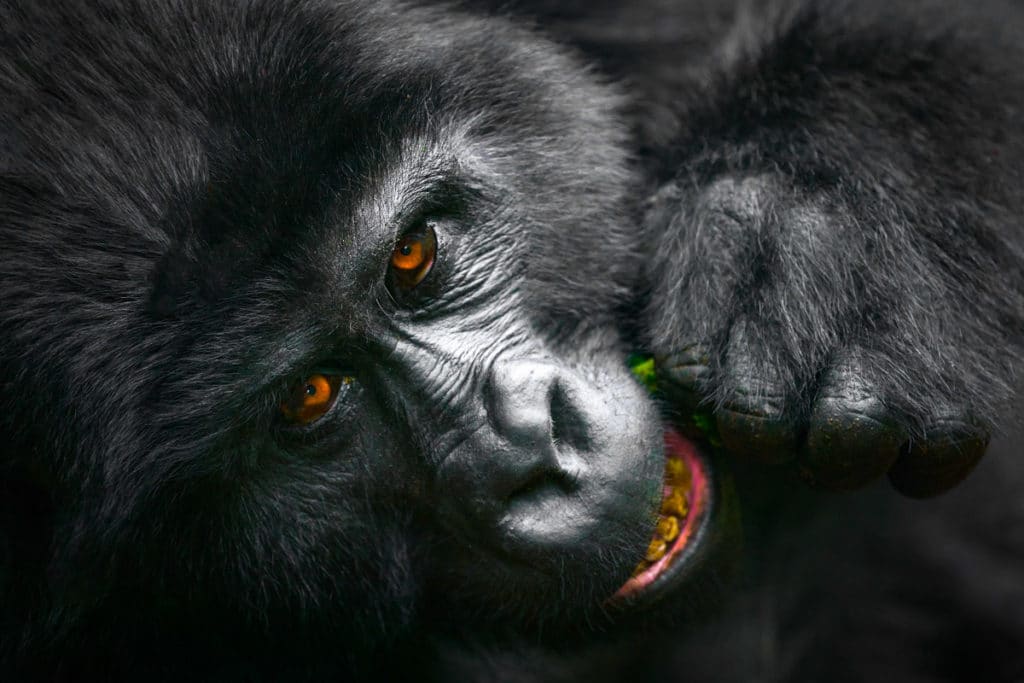
In terms of wildlife, our journey through Uganda begins in the capital city of Kampala where you will fly into the Entebbe International Airport. From there we will head North to Kibale National Park , where we will spend a day tracking and photographing troops of wild Chimpanzees. After that, we move to Queen Elizabeth National Park , where we will enjoy a mixture of game drives and boat cruises to see more hippos, elephants, buffalo and if we are lucky, the famous tree-climbing lions of the region. The workshop ends with two back to back days in the Bwindi Impenetrable Forest , where we will spend our time tracking two different large troops of Silverback Gorillas, which will be an experience you will never forget!
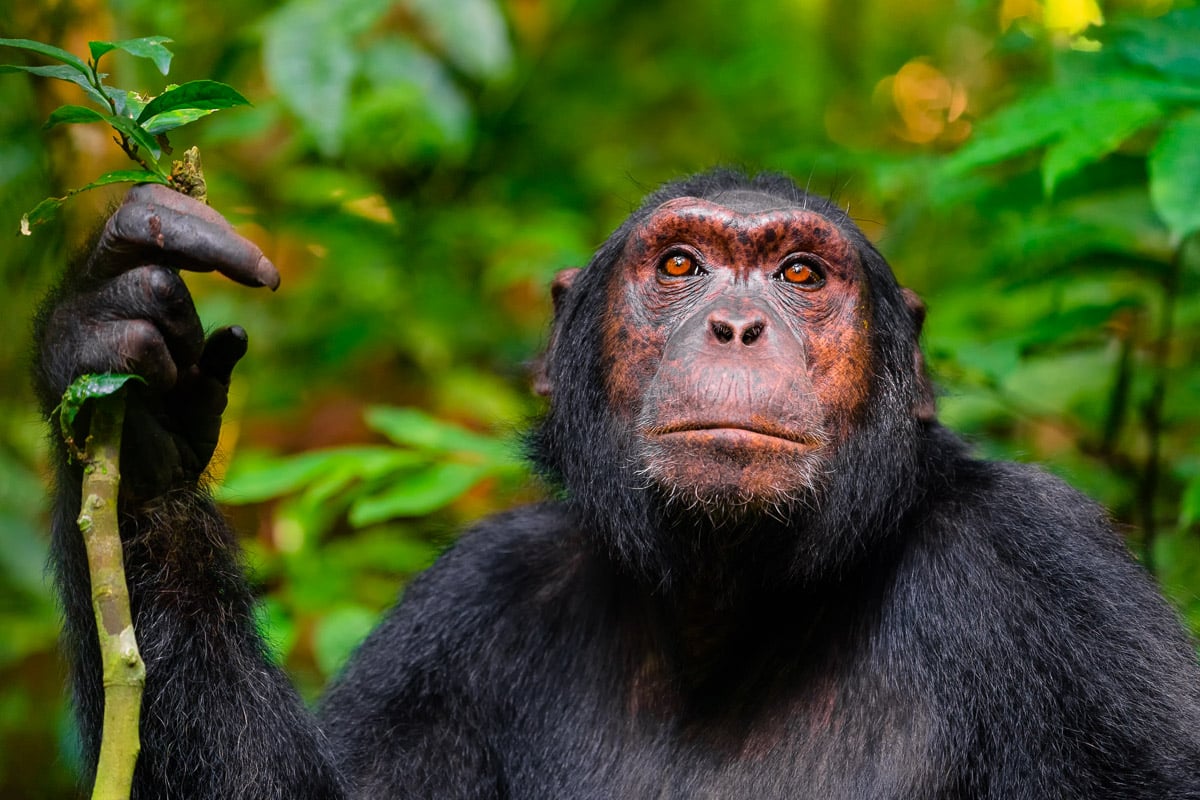
What is Included?
- All Ground Transportation
- All Accommodations
- All Local Guides & Permits
- Meail Icon All Meals
What is Not Included?
- All Flights To & From Uganda
- Visas to Enter Uganda
- Snacks & Alcohol
- All Tips for Local Guides & Drivers
Uganda Photo Safari
While most of our photography workshops require a deposit of only $1000, Uganda is different in that we need to secure the permits for both the Silverback Gorillas and Chimpanzees many months in advanced. These permits are tied to your passport and are not refundable or transferable. . If the workshop is full and you wanted to be added to the waiting list, click HERE .
* please read the workshop F.A.Q. section on this page to learn more about visiting Uganda and check out our cancellation policies if you have any questions.
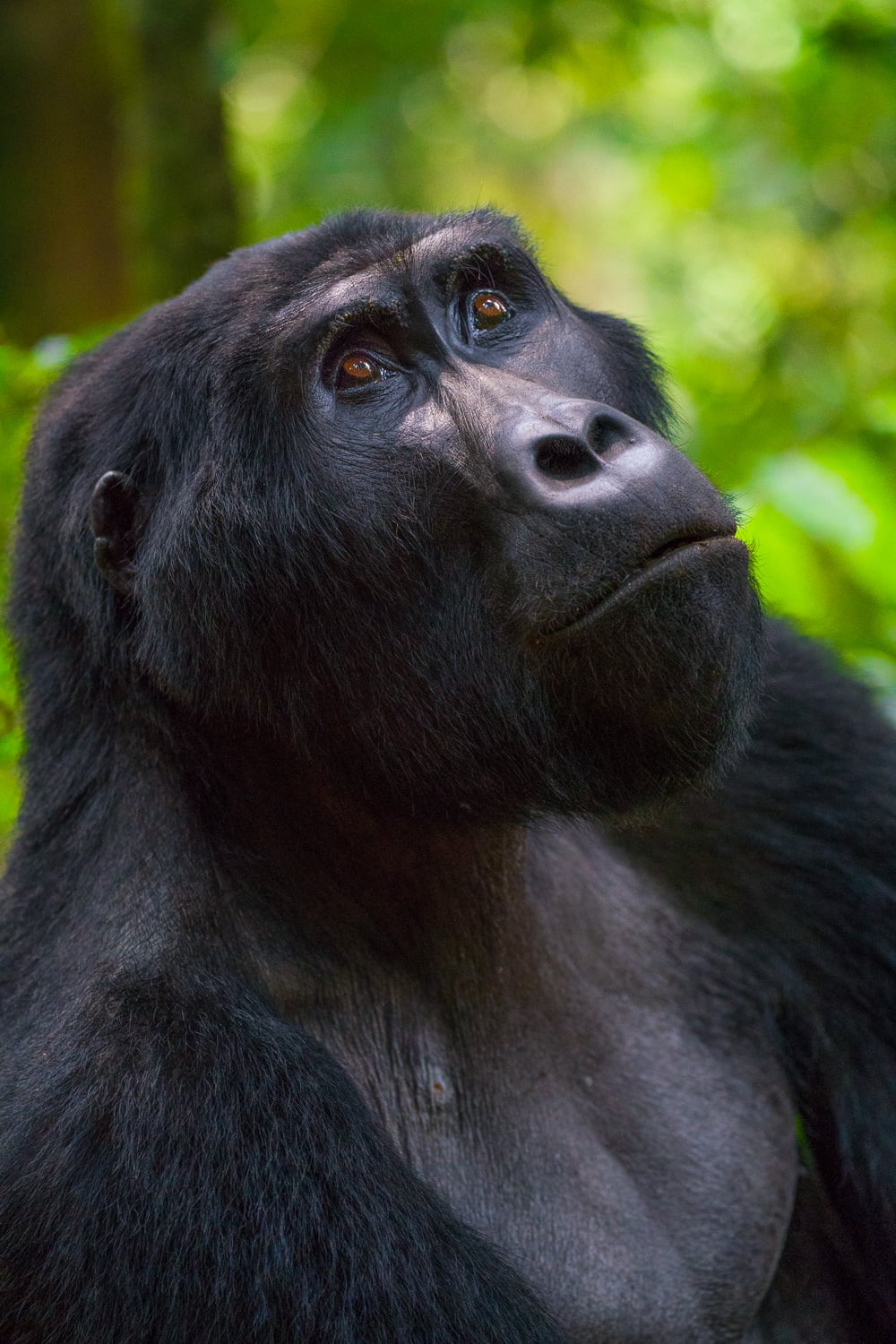
Uganda Photo Safari Adventure
- Kibale National Park
- Fort Portal
- Queen Elizabeth National Park
- Bwindi National Park
- and much more...
What Other Animals Might You Encounter on our Uganda Photo Safari?
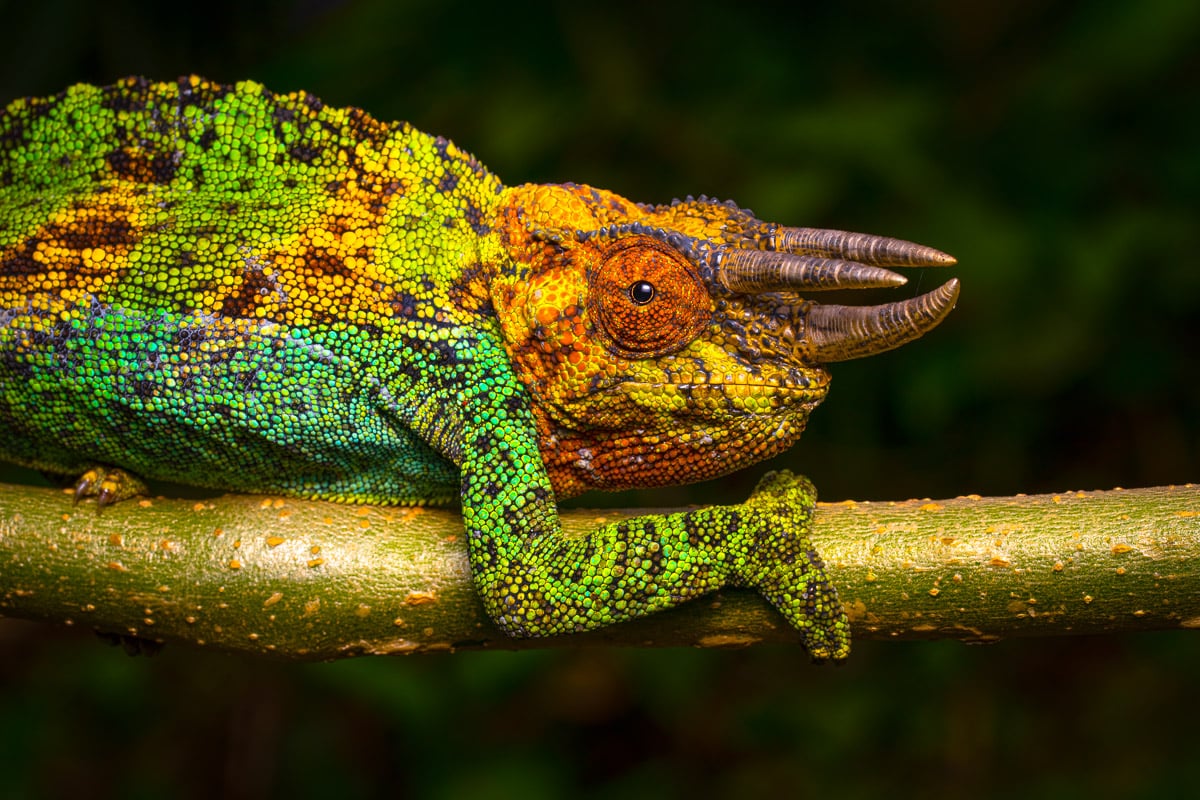
Join the Workshop Waitlist to learn more about any upcoming adventures...
A GREAT question! As a professional wildlife, landscape, and travel photographer for the last 15 years, I have been very fortunate to have worked all over the globe, documenting various aspects of this beautiful planet that we live on. I have extensive experience shooting in nearly every climate you can imagine and even some you can’t 🙂 On top of this, I absolutely love teaching. I have worked for National Geographic as a photography instructor in South America and currently, I average around 10-15 workshops year after year. I am a firm believer in the organic approach I take to teaching photography, which involves a mixture of technical, philosophical, and hands-on learning that gives you the best opportunity for not only furthering your photography skills but retaining that information as you progress as an artist well after our time together has ended.
The workshop starts on July 27th, 2024 in Kampala, Uganda. This is an arrival day so you can arrive at any point during the day and we will pick you up from the airport and take you to our hotel.
The workshop ends on August 3rd, 2024 in Kampala, Uganda. We will drop you off at the airport for your flights out that day.
You will fly out of the Entebbe International Airport (EBB) in the capital city of Kamapla, Uganda.
We will abide by the rules and regulations of the Uganda government, which will be updated as we get closer to the workshop dates.
As we move around Uganda, we stay mostly at 3+ star accommodations. The rooms are comfortable and spacious, the staff is excellent, and the locations are ideal for our photographic priorities in the region.
Our adventure includes access to three major National Parks in Uganda. Bwindi with the Silverback Gorillas, Kibale with the Chimpanzees and Queen Elizabeth with the tree-climbing lions, elephants, hippo, and much more!
Because this workshop focuses on Wildlife photography, I do recommend that you bring something equivalent to a 100-400mm lens. While wildlife certainly can get closer, we try to avoid those situations as best as possible, for both the animal’s safety and ours. When it comes specifically to the Silverback Gorillas, I find a fast 70-200 f/2.8 lens usually works the best!
The truth is that you never know. There have been times where my permitted group has found Gorillas within 30 minutes of light trekking while other times it took multiple hours. A good way to support the local communities is to hire porters to not only help you carry your bag/camera gear but also help you along the paths as we move through the jungle to find the Silverbacks.
While the US and many Western countries have wide availability for the vaccine, many countries, such as Uganda, do not. While in-country we will be required to follow all COVID-19 health and safety protocols given to us as tourists from the government of Uganda. As we get closer to the workshop date, we will describe in detail what those measures will be. That said, our drivers and guides will be vaccinated that are with us throughout the duration of our adventure.
To learn more about Colby Brown Photography workshops in general, please visit our FAQ page …
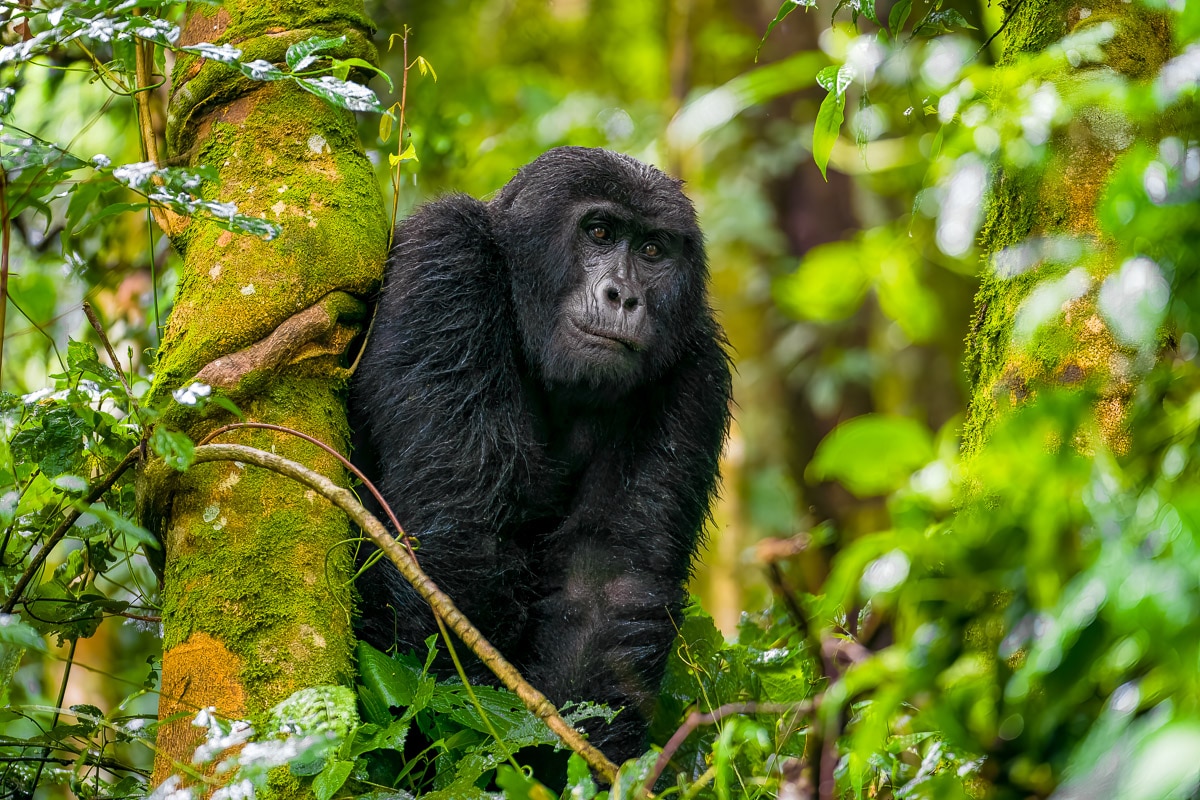
Meet Your Instructors & Guides
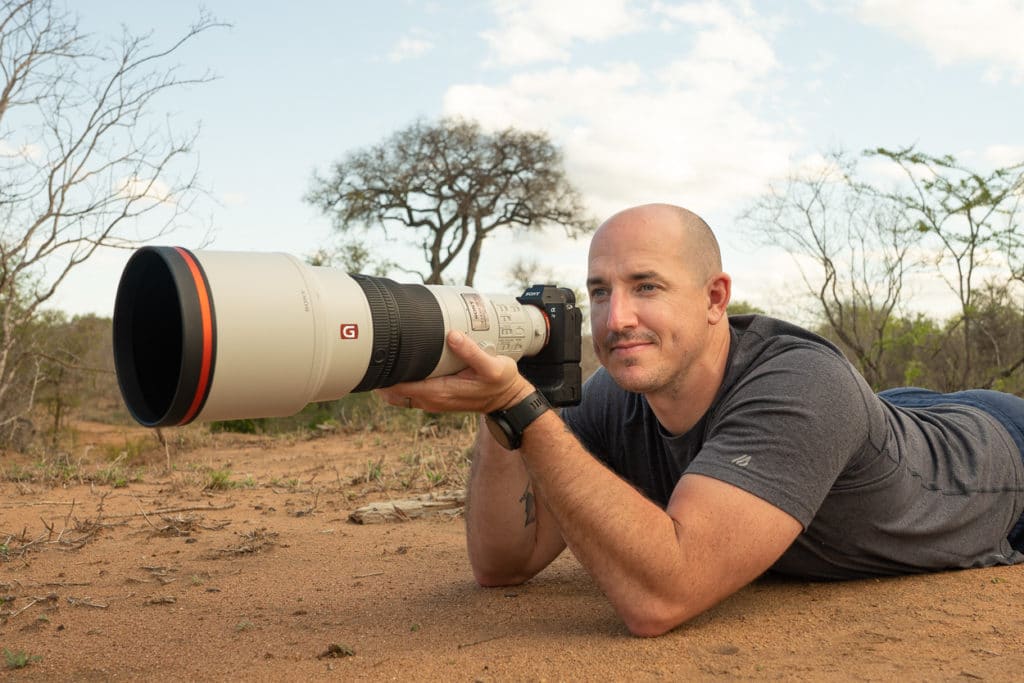
Colby Brown
Owner/photographer/author.
Colby Brown is a photographer, photo educator and author based out of Eastern Pennsylvania. Specializing in landscape, travel and humanitarian photography, his photographic portfolio spans the four corners of the globe and all 7 continents. Not too long after picking up his first digital camera in 2006, Colby was leading workshops for National Geographic in South America, further spurring his love for both travel and photo education. In 2011, he founded The Giving Lens , an organization that blends photo education with support for various non-governmental organizations (NGO) and causes around the world, such as child education, clean drinking water projects, and women’s rights.
Testimonials

Gorilla trekking in Uganda was one of the most amazing and unforgettable lifetime experiences. The trip was well organized, flexible where needed, and a lot of fun. Tim, our driver navigated through muddy and rough terrain with ease as we travelled from Entebbe to the lush Bwindi Impenetrable National Park. He educated us on his country and the culture. The accommodations Colby chose allowed us to easily (...)

My husband and son are interested in photography; and going on an African Safari was something we all wanted to do. We found Colby’s tours and made one work for our schedule. Colby made this trip a huge success for us. He was entertaining, knowledgeable of the country and photography. He was kind enough to encourage me on my little point and shoot. Recounting our trip elicits jealousy amongst our (...)
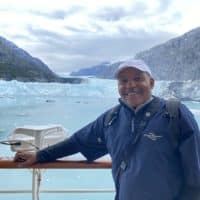
This was my second workshop with Colby, and the adventure exceeded my expectations again!
We had an amazing journey searching for chimpanzees at Kibale Naitonal Park and enjoyed both a land and river safari where we captured incredible images of all types of Ugandan wildlife at Queen Elizabeth National Park. Of course, the highlight of the trip was our trek to find and photograph the Silverback Gorillas (...)
Check Out More Testimonials…
Other Workshops Worth Checking Out!
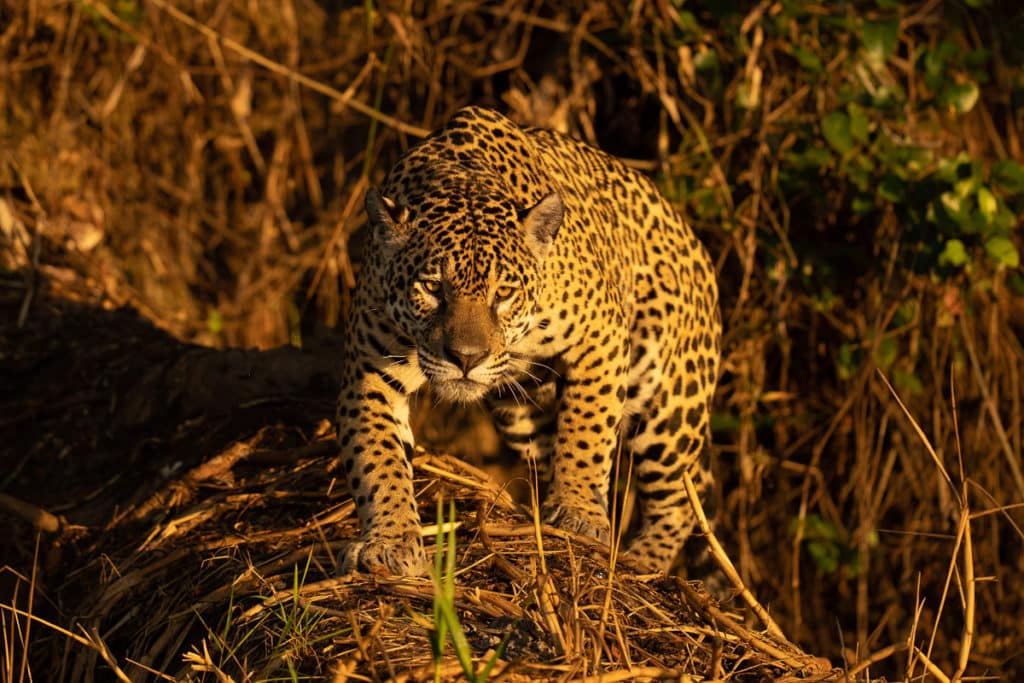
Wildlife Photography Workshop in Brazil Jaguars of the Pantanal
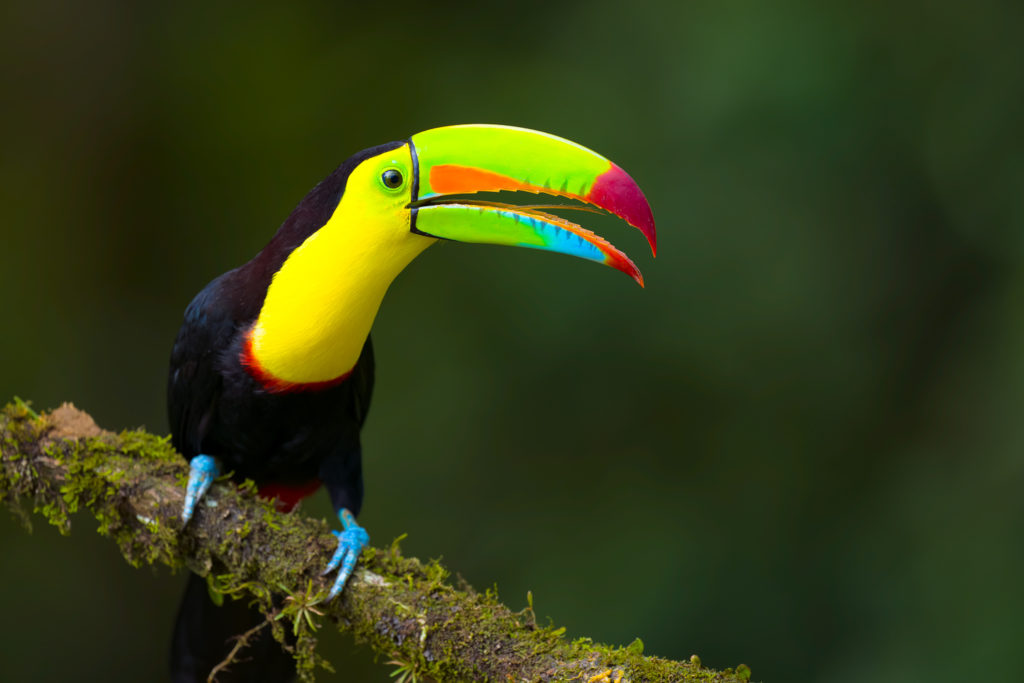
Costa Rica Wildlife Photography Workshop
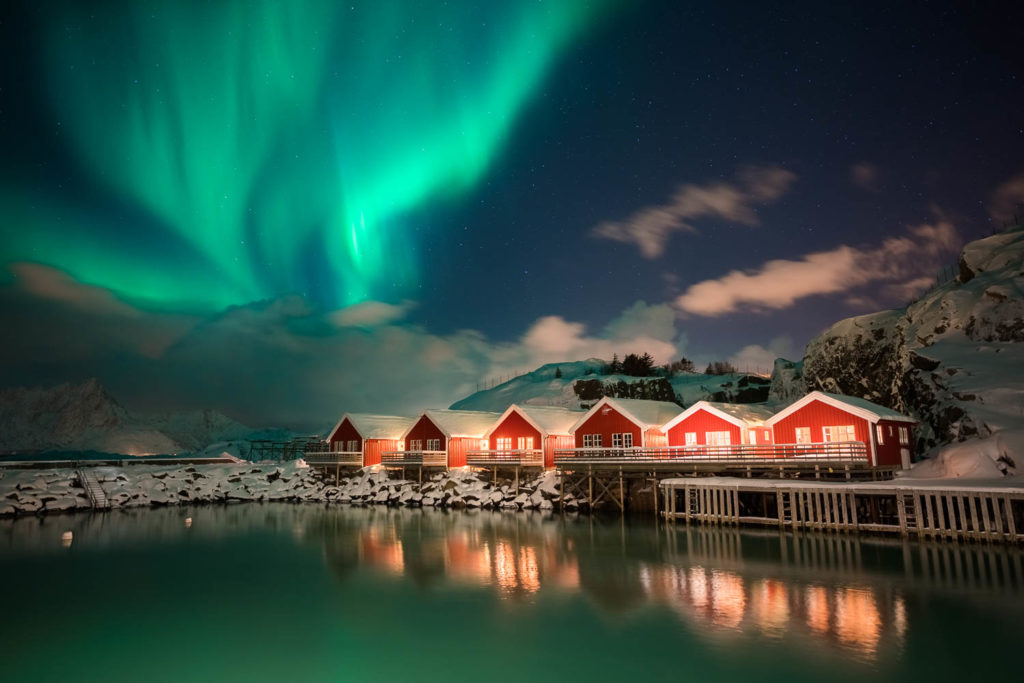
Norway Photo Workshop – Lofoten Islands
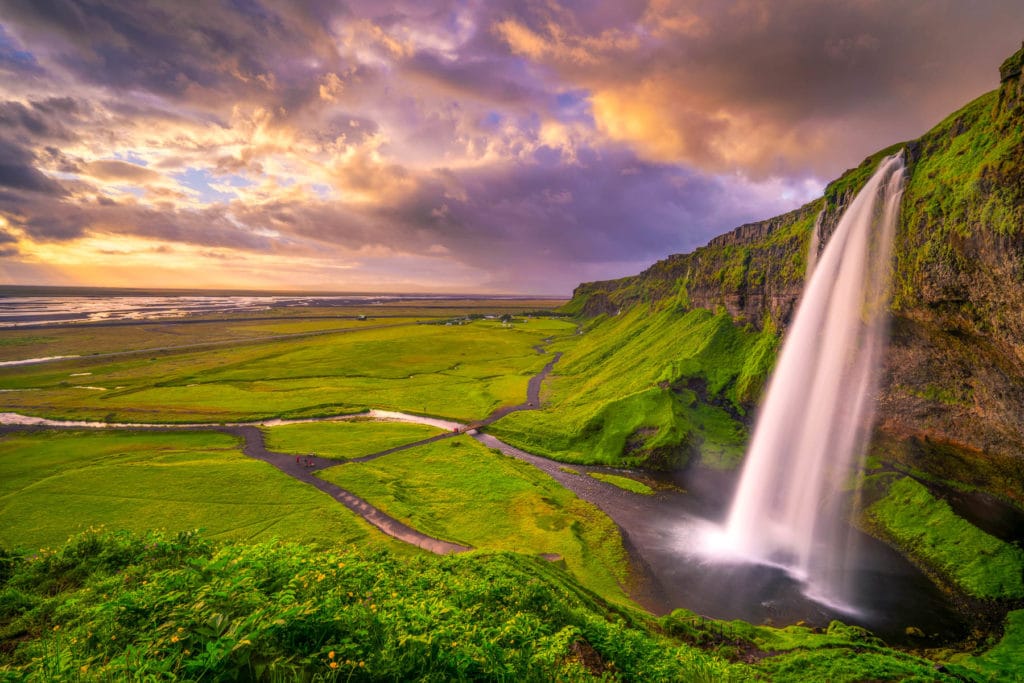
Iceland Summer Photography Workshop
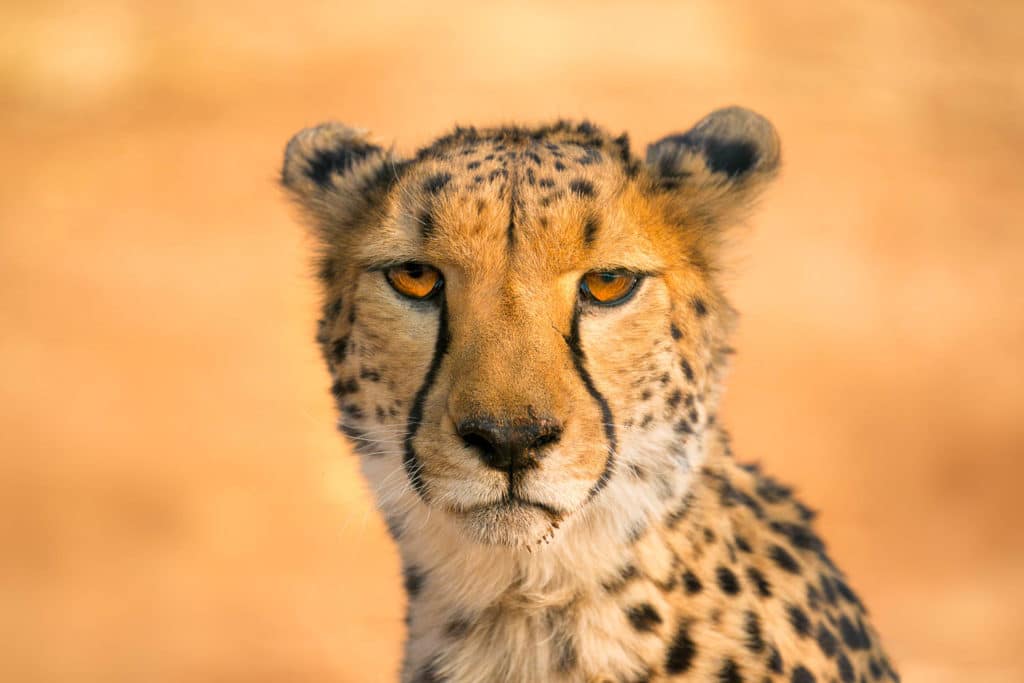
Namibia Photography Workshop
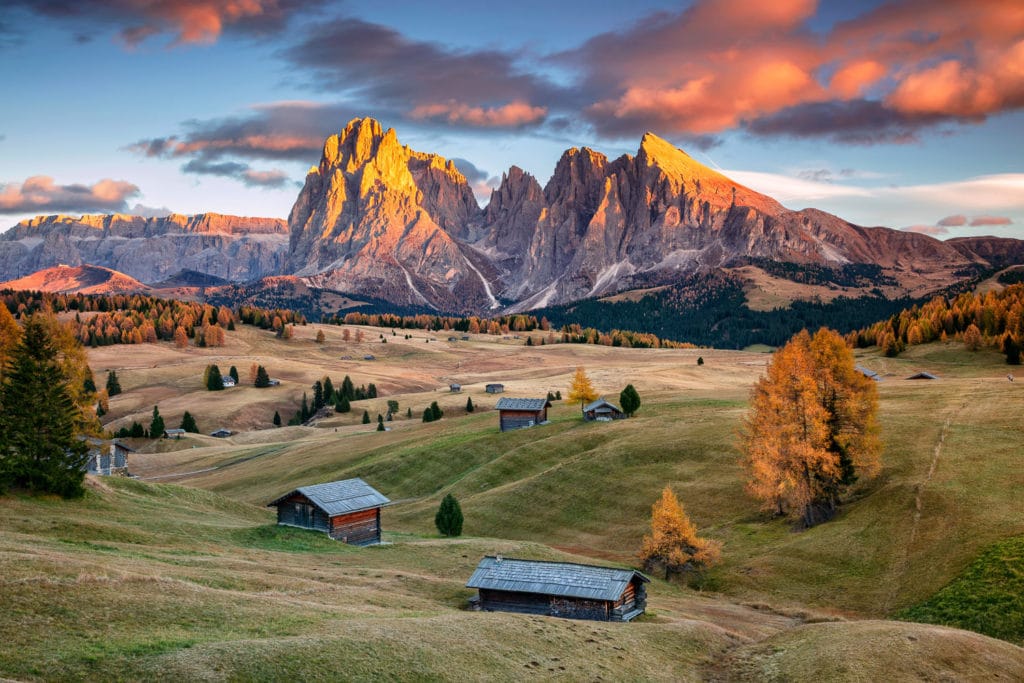
Dolomites Photography Workshop
Cancellation & refund policy.
No one wants to miss out on a trip of a life time…but things do happen. In those situations, the following applies…
Uganda is unique in that it requires a permit to see the Gorillas. Unfortunately, the $1700 deposit for this adventure is 100% non-refundable or transferable because it is used to secure your permits to see those amazing animals. T hose permits are tied to your passport #s and therefore are not refundable or transferable. Outside of that, all cancellations are subject to a minimum of a $150 service charge to cover PayPal transaction fees. In most situations, we ask for the remaining balance of a workshop to be paid 120 days from the start of the workshop in question. If you wish to cancel within 120 days from the start of a workshop and we find someone to fill your spot, you would be entitled to receive a refund (minus your deposit and the $150 processing fee) or transfer to another workshop with no penalties or fees .
If we don’t find someone to fill your spot, what does your refund window actually look like?
120 Days or More...
Your deposit will be transferable to another Colby Brown Photography Workshop without issue.
90 to 120 Days
You will receive a refund of 50% of the full tuition fees minus the non-refundable deposit.
Less Than 90 Days...
If you wish to cancel within 90 days of your workshop starting, you are not entitled to a refund.

U.S. photo destinations for nature, wildlife and travel photography include the Arizona desert, the Rocky Mountains, San Francisco, Washington, DC, New England, New Orleans, and Florida. Foreign destinations include The Bahamas, Greece, Italy, Ecuador, United Kingdom, Grand Cayman, Galapagos Islands, Fiji, the Cook Islands, Australia, Western and Eastern Europe, as well as Brazil, Peru, India, Patagonia, and Central America. Having grown up in Tanzania, East Africa is a specialty. Knowledge of habitat and behavior as well as social interaction with local people has resulted in photographically rewarding safaris to Tanzania, Kenya, Uganda, Zanzibar, Rwanda, Namibia, Botswana, and Madagascar.
Todd works with photographers as a guide and photo instructor in East Africa, Europe, Central and South America, and the United States. His agents are Panoramic Images (Chicago), Danita Delimont (Seattle), Getty Stock Agency (New York). Todd’s photography is also represented by National Geographic Society.
Todd is the on-screen expert for two Great Migration National Geographic series dealing with nature’s mysteries.
Publications:
“A Photographer’s Guide to the Safari Experience” an information and site guide.
Upcoming projects :
“To the Ends of the Earth” a 3-volume artist portfolio with forwards by Jane Goodall, Carl Safina, and Peter Raven. PBS St Louis is now producing an hour documentary “To the Ends of the Earth, Photographs of Todd Gustafson” that deals with the photographic challenges in the field and bringing those images as artworks through the handmade production of a 3-volume limited edition book set. There will be a companion boxed set version offered as a pledge premium. “Elemental East Africa” a coffee table picture book.
Publishing Highlights
- Photographs from past safaris are published in “Wilderness Travel”, United Travel Group catalogs, National Geographic, Discovery Channel, Smithsonian.
- Many of Todd’s images are used by The Discovery Channel as signature images and in traveling exhibits.
- The Smithsonian Institution Museum of Natural History has a permanent exhibit “African Voices” that features Gustafson’s photographs.
- The St. Louis Children’s Memorial Hospital has a wing designed in an African motif that uses Todd’s images in life size exhibits.
- Other images appear in The Conserve School’s (Chain of Lakes Wisconsin) 2,000-sq. ft. nature museum dedicated to conservation education.
- Hundreds of images appear in the new Africa House (Regenstein “African Journey”) at the Lincoln Park Zoo (Chicago).
- Todd is also published in the National Geographic Desk Diaries and African Publishing Group’s “Game Parks of Tanzania”.
- The spring 2004, 2005 and 2008 NIKON Full Product Guide feature Todd’s photos with the 2005 front and back cover wrap around.
- Todd’s work has also been used extensively by the United Nations in publications for Tanzanian development.
- Todd’s “Flamingo Dance” won Runner Up in the 2006 BBC Wildlife Photographer of the Year and is on display at the Natural History Museum in London.
- “Lion Cub” was chosen by Smithsonian as one of “Nature’s Best” in 2007
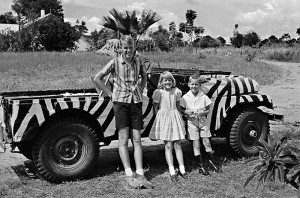
Everything you need to know about going on safari in Africa with renowned expert Marlon du Toit

Embarking on an African safari is undoubtedly one of the most memorable travel experiences to be had.
I've now been on several, and the connection you feel with nature is simply indescribable. Some of my greatest travel experiences ever have come from safaris, and I regularly purchase various pieces of art and other mementos to take home with me after a safari .
For more TPG news delivered each morning to your inbox, sign up for our daily newsletter .
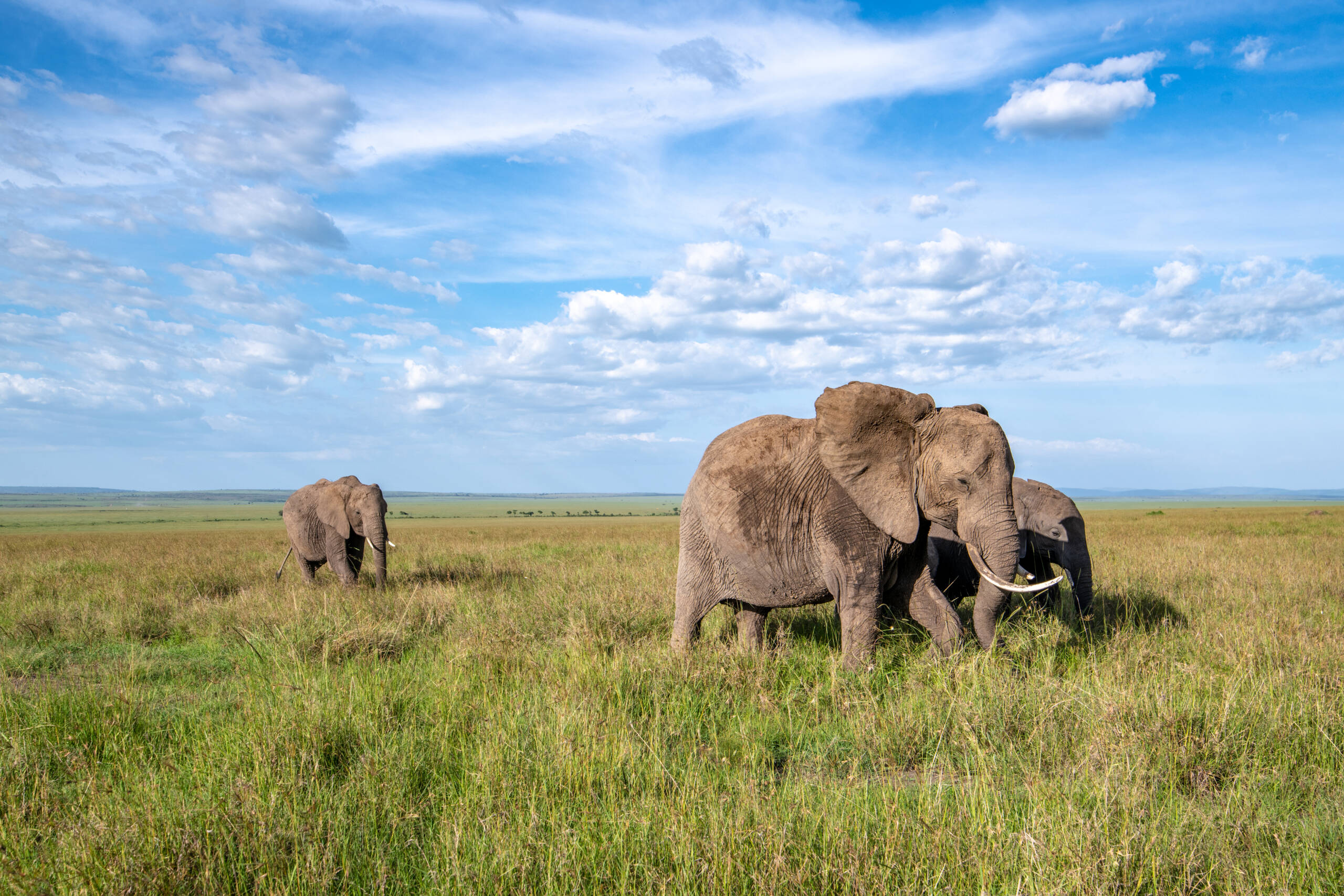
Throughout the last year of border closings and stay-home orders, I realized just how much I love safaris and it made me all the more excited to begin planning one for sooner rather than later, now that borders are opening back up and traveling internationally is becoming less of a hurdle.
I recently had the privilege of sitting down to chat with Marlon du Toit, an expert on all things pertaining to African safaris and a well-known wildlife photographer .
Du Toit grew up in a small town in the middle of Kruger National Park in South Africa and his father owned a small safari company, so animals and living among wildlife are inherent in his DNA. He grew up around wild animals including warthogs, impalas, elephants, hippopotamus, lions and more. In fact, as Marlon explains, it was commonplace for cricket games in his town to be interrupted by lions and elephants, and his neighbors even were woken up at 4 a.m. to a pride of lions congregated right outside their front gate.
We covered a lot in our discussion, from tips for first-time safari-goers to photography tips to the critical impact tourism has on sustainability and animal wellbeing.
If you don't follow du Toit on Instagram already, I highly suggest you do so -- you won't regret it! You can catch our full Instagram Live conversation here , but I'm also going to highlight some of the most important considerations to be mindful of while planning a safari, whether it's your first experience or you return regularly, and how safaris are critical to not only local economies and workers who are employed by the many reserves and camps but also to maintaining the wellbeing of the local animal populations.
Here's what you need to know:
Mythbusting: Safaris are dangerous
For many in the early stages of planning a safari, one of the principal concerns is safety. There's a perception that being so close to animals in their natural habitat is reckless and could lead to bodily harm or even death.
Yes, you'll get very close to the animals, looking many of them directly in the eyes. However, as du Toit explains, these animals have grown accustomed to safari vehicles operating in their territory, and they don't kill or attack humans left and right.
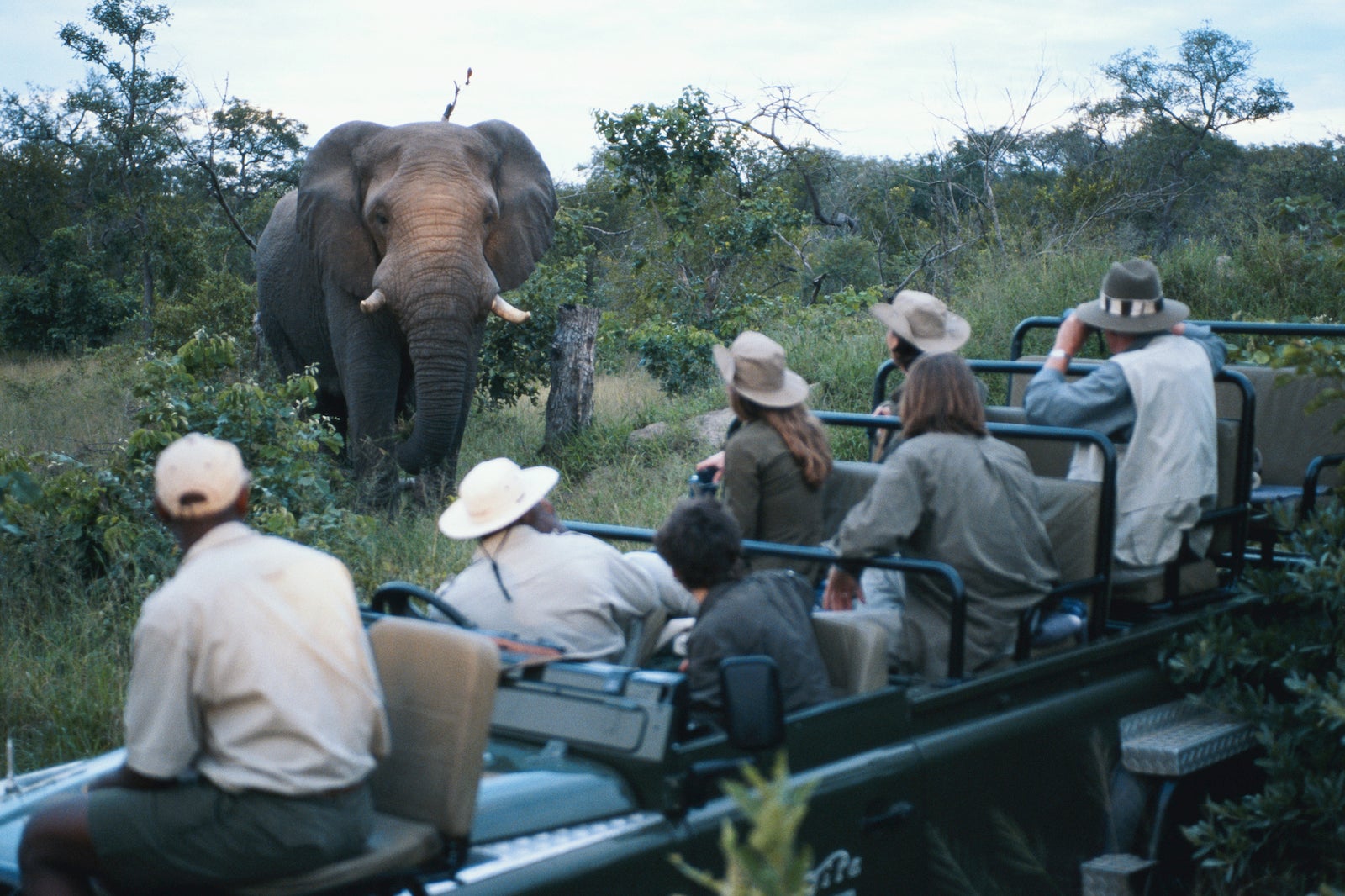
Being up close and personal with the animals is part of the unforgettable experience of a safari, and entering their natural habitat without altering their behavior truly makes it feel like you're living in a National Geographic documentary.
Advice for planning your first safari
When planning your first safari, you'll likely want to travel to a destination that not only offers a wide variety of animals to see, but also an established infrastructure of lodges and reserves which make the logistics of this kind of trip so much easier.
Du Toit notes two countries in particular -- South Africa and Kenya -- that are relatively easy to get to and have well-established national parks and private reserves that offer a first-time safari traveler everything they'd need to have a memorable vacation.
In South Africa, many safari destinations can be reached with one easy flight from Johannesburg, which itself is reachable easily from North America . And the country offers a bit of everything, from Kruger National Park to high-end private reserves like Singita and Sabi Sands that are well-equipped to meet the needs and expectations of someone traveling on a safari for the first time.
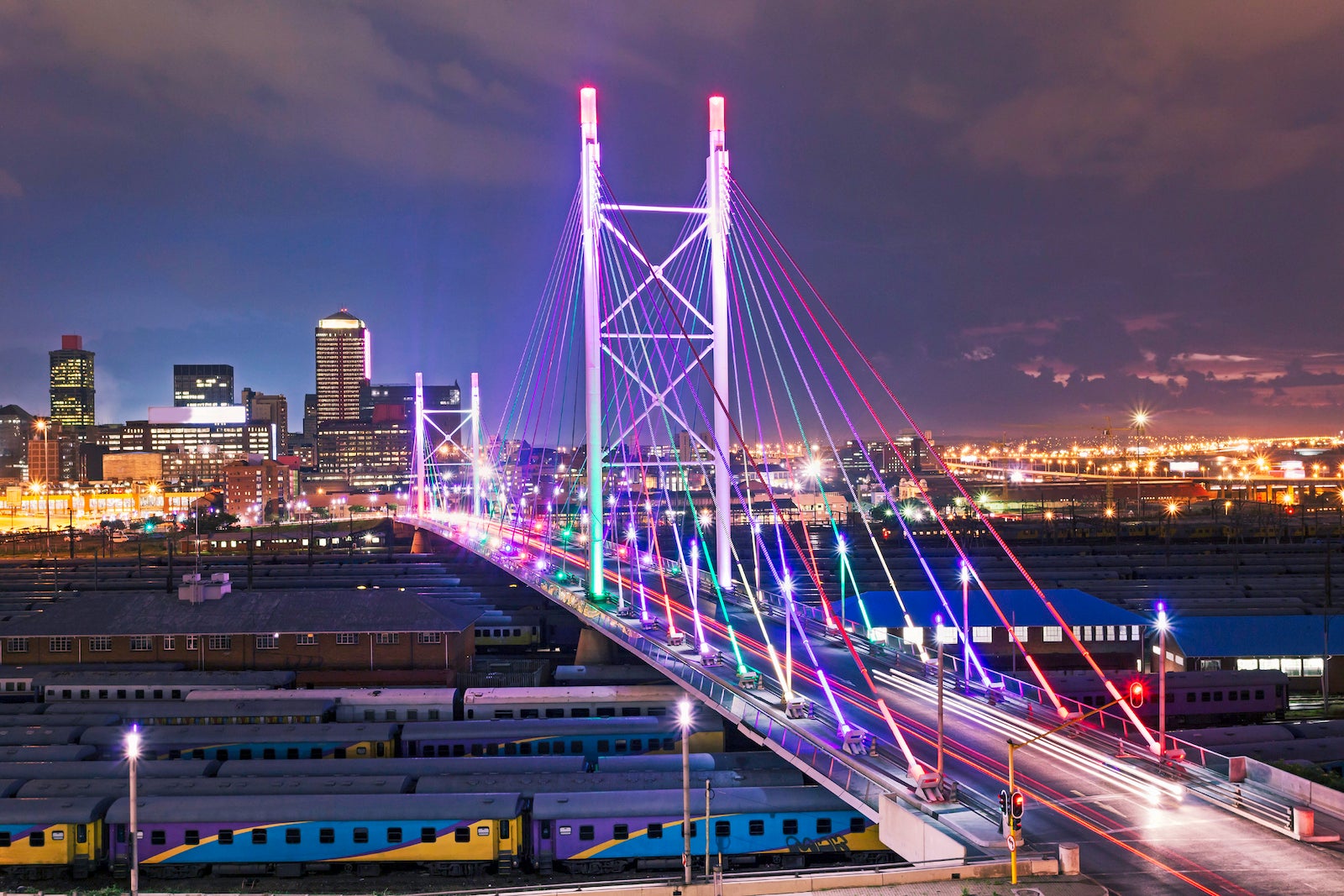
Kenya is also relatively easy to reach from most of the world, and its capital of Nairobi is just about an hour away from the world-famous Maasai Mara where you can witness the Great Migration taking place -- typically during the months of July and August. And it's close to other countries like Uganda and Rwanda where you can partake in other unforgettable experiences like trekking with gorillas.
When's the best time to go on a safari?
Generally, it's best to plan a safari for the dry season. In South Africa , this typically means from July through October.
When it's rainy, animals have more land to spread out over, since water's far easier to come by. However, when water isn't as plentiful during the dry season, all sorts of animals are forced to converge around the same water holes, allowing travelers to see a far greater variety of animals.
Are there different kinds of safaris?
Yes, there are a wide range of experiences one can have on a safari vacation.
Besides the traditional game drive, there are night drives, walking safaris, water-based safaris and much more.
As du Toit explained during our conversation, night drives (something I have yet to do) are uniquely special because after the evening sundowner (an incredible experience in and of itself), you can observe animals doing things you'd never see during the day. Lions, for example, don't do a ton during the day. But at night, lions become more active, meaning you can possibly even follow them as they hunt for zebras or giraffes.
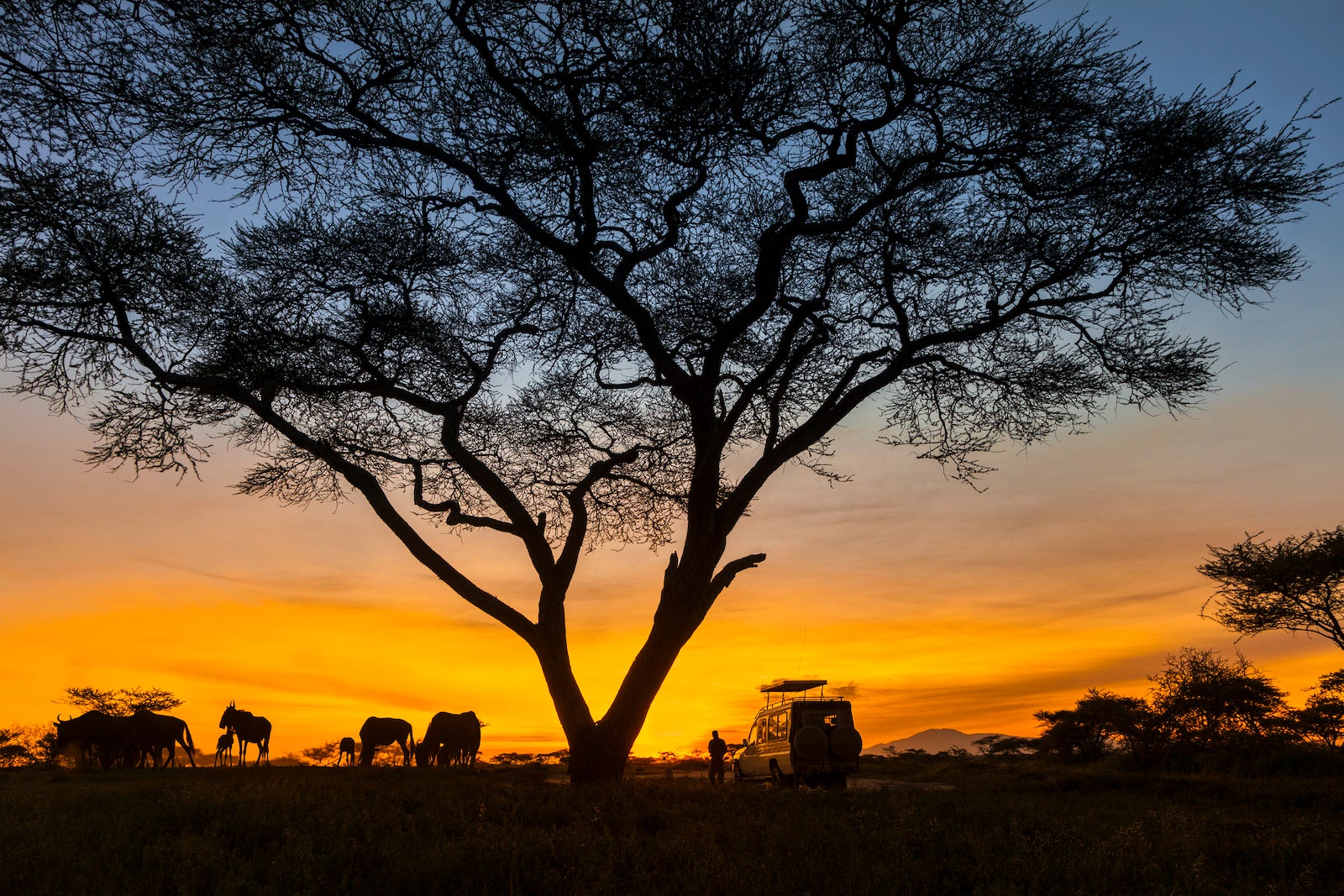
Walking safaris, born primarily in Zimbabwe and Zambia and found mostly in private reserves, are a way to connect to nature in a way you never thought was possible before. In some reserves, the entire, multiple-day safari is on foot -- allowing one to focus on their place in nature and find their balance with it.
There are also plenty of aerial safari experiences, like hot air balloon rides or even climbing sand dunes on the Skeleton Coast of Namibia to observe animals in the morning as they cast long shadows on the white sand. Or, you can experience a safari from the water in a place like the Okavango Delta in Botswana, where you see wildlife from a canoe-like boat and where the delta's water lilies are practically at eye-level.
A safari I'm particularly interested in going on is at the Mana Pools National Park in Zimbabwe. These are four large pools, located on the banks of the Zambezi River near Victoria Falls. Here, according to du Toit, about 99% of the safari is on foot. You begin with a drive in the morning and then leave the vehicle behind and follow an animal -- or group of animals -- on foot for the rest of the day.
Should I take photos or live in the moment?
I was really curious for du Toit's take on the question of photography. He's a wildlife photographer after all, but I was curious if he thought first-time safari travelers should focus on the experience rather than concerning themselves with getting the perfect shot.
Du Toit, though, is in favor of photography, even on your first safari. He points out that today's technology makes it so easy to take photos, and if you decided to leave your camera at home, there will certainly be moments where you wish you hadn't.
Even if you're not an experienced photographer, you can rent cameras in many camera shops or even at some (not many) reserves. And some lodges even have their own photo studios where you can work with a member of staff to edit and even print off your photos, so you can travel home with your memories.
If you're going to buy a camera before embarking on a safari, du Toit recommends finding a mirrorless one -- they're the future of photography. They're lightweight and hardly make any noise, and ideal combination for a safari.
No matter what, have your phone with you. The camera technology found in today's smartphones is so strong and they make it incredibly easy to use. One tip from du Toit, though: Don't ever zoom.
The impact of safaris on the local economy and sustainability
Perhaps the most important thing I discussed with du Toit was the impact safaris have on the economies of many African nations as well as the positive effect they have on the sustainability and wellbeing of animals.
He explained that a total shutdown of tourism was quite possibly the worst-case scenario for the many areas in which safaris and reserves operate.
The lack of tourists occupying -- and spending money at -- the numerous safari lodges and reserves creates a situation where the properties are forced to lay off workers, leaving them without a salary and perhaps worse down the line -- without food. And then, many of these hungry former workers are desperate and turn to subsistence poaching to survive, which has disastrous effects on the ecosystem and exacerbates the already acute problems of criminal poaching and animal depopulation.
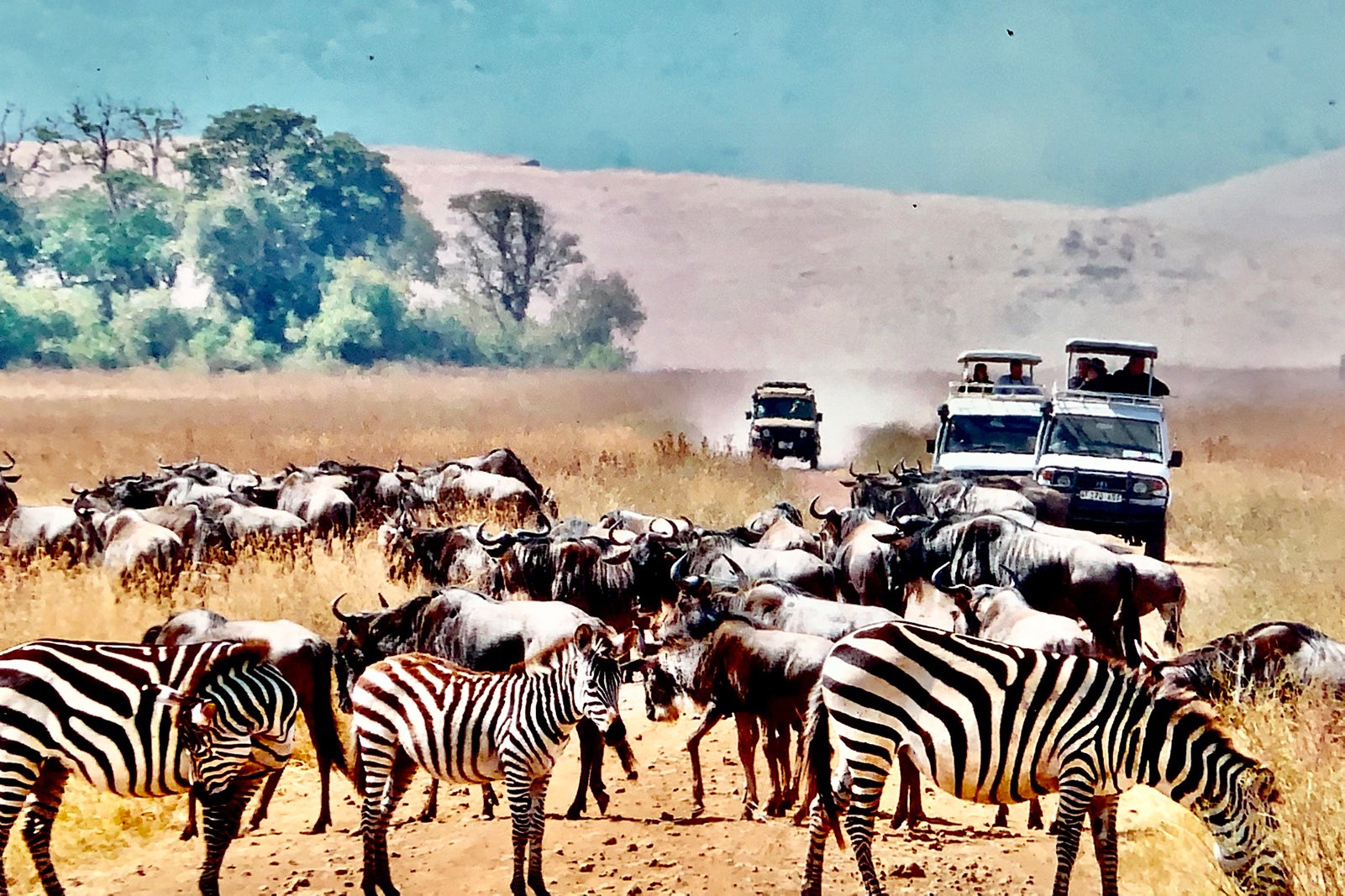
As this cycle continues, it becomes progressively harder for a given locality to break the chain, and groups dedicated to maintaining the wellbeing of animals are strained further.
All this is to say that these countries need tourists to return. Even if you don't feel it's right for your family right now, consider booking a trip further in the future. For those concerned about traveling amid COVID-19 , du Toit made a great point: Safari vacations are quite possibly the best types of trips to take if you want to remain distant from others. You arrive at the airport, are picked up by staff from the reserve and then driven to your destination where it's entirely possible you won't even encounter other guests.
And if it's the logistics you're concerned about, plenty of airlines -- particularly ones like Qatar Airways -- fly into many safari destinations in Africa regularly, so there's still more than enough opportunities to fly there in comfort and even some style.
Du Toit said it best: "Africa is ready and waiting."

National Geographic Expeditions
Global operator
Service level
Travelers age
Trip prices
$1,595 — 67,950
Tour languages
Quick Links:
Trips other travelers liked
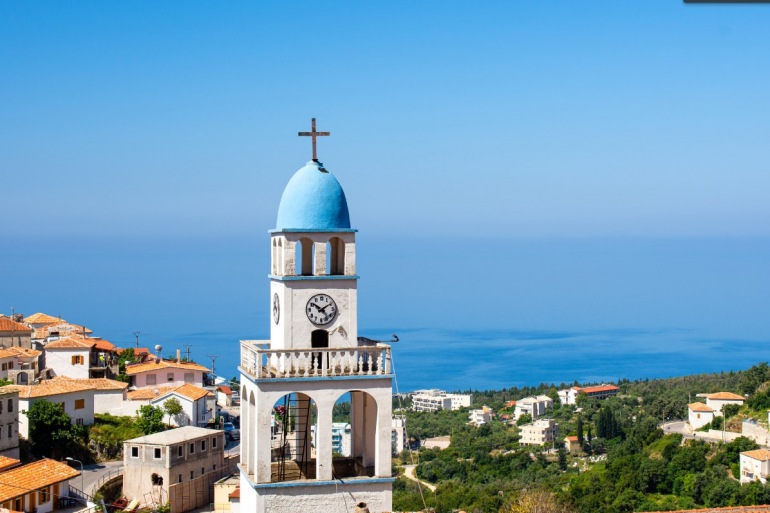
Discover Albania

Iceland Discovery

4-Days Cuyabeno
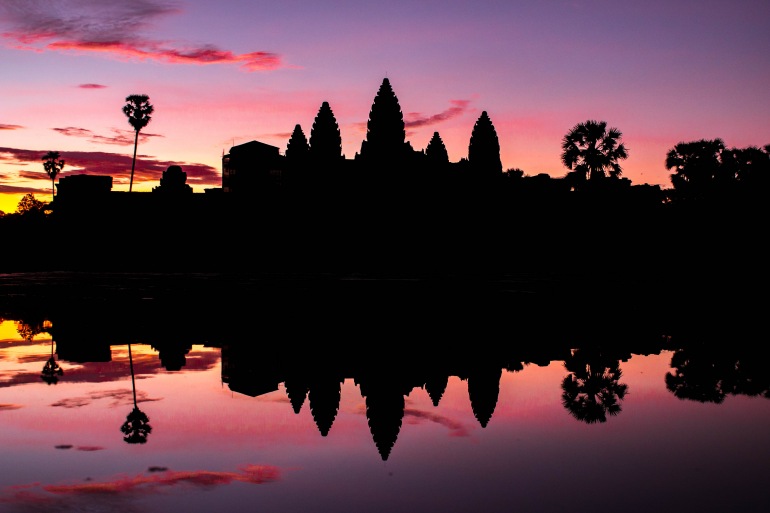
Family Trip In Cambodia

Ice to Sun 2023: Argentina & Brazil

Northern Lights Escape

“Where the mountains meet the sea”- Kotor Bay, Lovcen & Skadar Lake National Park

Brazil (North): See & Experience it ALL in 13 Days, 1st Class Custom Tours
Member savings.
Sign in to see which companies give additional savings to Travelstride Members (it’s free)
- Group Tours
- Private Guided Trips
- Small Ship & Expedition Cruises
- North America
- Central America & Caribbean
- South America
- Rivers & Seas
- Australia & Pacific
- Middle East & North Africa
- Antarctica & the Arctic
Compare with National Geographic Expeditions
View all tour company comparisons
How well do you know the world?
National geographic expeditions reviews & ratings, inconsistent information, no refund.
We booked a National Geographic expedition Holland and Belgium by River. The promotional literature promised a 14-day deposit refund window. The “invoice” was marke...
CaliforniaSlug
How to Ruin a Trip to Norway
My husband and I took the Norway "Trains and Fjords" tour because neither of wanted to drive the twisty roads to see the majestic areas and wanted to avoid a cruise ...
TOO MUCH TOO FAST
Firstly, it was my understanding, and confirmed in a phone conversation with the company’s representative prior to our departure, that the schedule of events would g...
Beware of False Published Itinerary
Best Part of Trip was Cancelled
signed up to travel the Columbia-Snake River to visit Hell's Canyon. That part of the trip was cancelled by Nat Geo without notifying the passengers. Instead we vi...
Well traveled
Cancel my trip but no refund
This company canceled my trip due to COVID but failed to refund all money so I am out $1500 for Lindblad portion, and will never travel with NatGeo again. They have ...
See all National Geographic Expeditions reviews

Editoral Review of National Geographic Expeditions
In 1999, National Geographic launched their own tour company component: National Geographic Expeditions. Since then they have expanded to offer trips on all 7 continents in over 60 destinations. Recently they partnered with G Adventures to provide even more variety to their devoted customers.
What Makes National Geographic Expeditions Stand Out?
- Multiple modes of travel
- Expert guides and photographers
- After hours and special access to sites
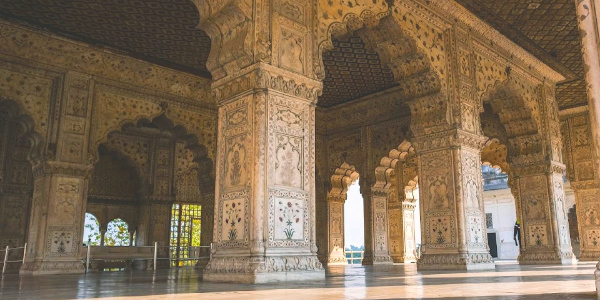
With National Geographic, you can travel by small, expedition-style ships; classic train journeys; land tours; active adventures; photo tours; family-oriented trips; or private, independent expeditions based on your desires and budget.
Wherever you go with National Geographic, which has been in the tour business for 15 years, you can expect doors to open: entry to research sites, archaeological digs, private homes or special events.
Many expeditions are accompanied by a National Geographic expert or expert team who share their knowledge and passion for a region and help make each experience enriching and unforgettable.
Who Will Enjoy Traveling With National Geographic Expeditions?
- Photography enthusiasts
- Adventurous minded
- Nature lovers
- History buffs
- Life long learners
National Geographic is one of those special brands that has managed to successfully straddle the line between “your grandfather loves them” and “your eighteen year old sister loves them”. They cover a wide range of topics, themes, and travel styles, with the educational aspect always prevalent yet not overbearing.

If you love feeling like an explorer and an adventurer when you travel, and love learning about the world from experts in a variety of fields, National Geographic is the perfect place for you. This is a company for those who want to dig deeper, like getting the inside story from multiple perspectives - historical, cultural, political, economic, scientific and more.
National Geographic trips are great for families, and you can choose a private tour or a family friendly group, where hands on activities will widen your children’s worldview in innumerable special ways.
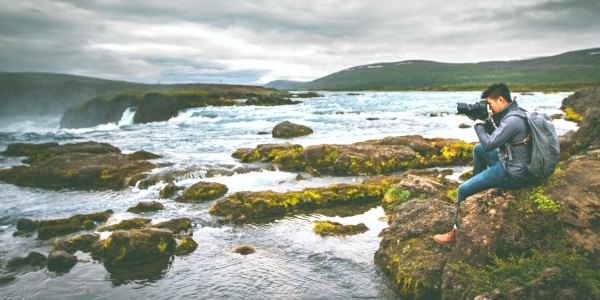
National Geographic trips are also extremely popular with photographers - novice photographers will enjoy their photography-centric tours, while many dedicated hobbyists can be found on their other trip styles as well.
If you’re the kind of traveler who sacrifices the space for a pair of shoes in your suitcase for another lens or photography accessory...you’ll be right at home on a trip with National Geographic Expeditions.
In the same way that National Geographic magazine has always inspired and furthered conversation and discourse, so too do their trips. The spirit of learning about the world is intertwined in every itinerary, so if you consider yourself a lifelong student, you should definitely consider traveling with National Geographic Expeditions.
Top Destinations
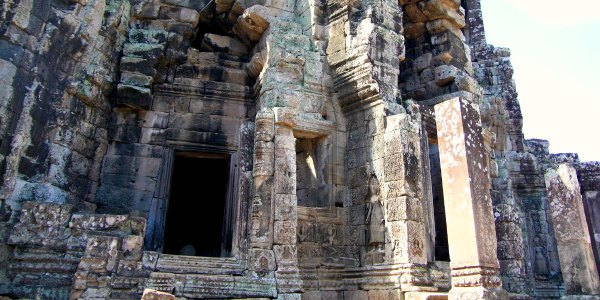
National Geographic Expeditions go all around the world, and cover almost every travel style imaginable. One might think they have a favoring of the more “exotic” locations but an impressive number of United States and European tours are offered as well as farther reaching destinations. National Geographic Expeditions in the Galapagos are especially popular.
Regardless of where you travel, you will be sure to get off the beaten path and discover unique cultural landmarks, meet interesting people, and enjoy a sense of adventure.
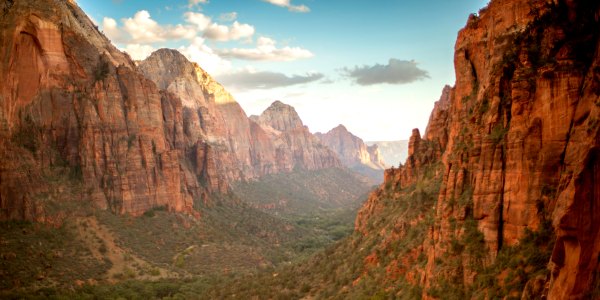
Small-ship expeditions, done in conjunction with Lindblad Expeditions, can take you to Antarctica, the Galapagos and points beyond. Classic train journeys include the Trans-Siberian and trains through India, Spain, and Switzerland. Active adventures might take you hiking in Bhutan or meeting Berbers in Morocco. Land tours could take you to Tanzania, Peru or the Grand Canyon.
National Geographic Expeditions Travel Style
The travel style with National Geographic Expeditions has an aura of old fashioned exploration with a modern twist.
National Geographic Expeditions is a family friendly outfit, offering a wide range of prices and trip styles. Trips vary from mid range budget to higher. Physical level is usually light to moderate.
By virtue of their longstanding presence in the world, National Geographic has a wide reaching global network to lean on for incredibly unique and authentic lodging options, knowledgeable guides, and VIP access to historical and archaeological sites.
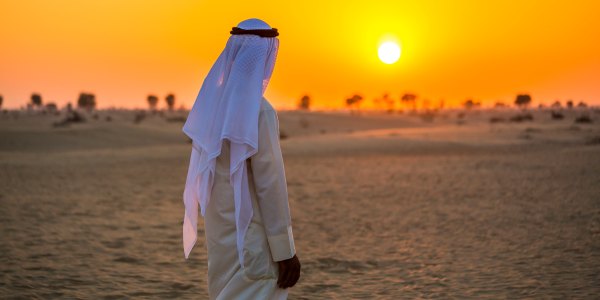
They have several broad travel styles you can choose from:
Land Trips - National Geographic Land Trips are immersive explorations, often covering nature and wilderness points of interest such as national parks. They also dive into ancient cities and cultures, with trips exploring everything from monks in Burmese mountainside temples to the lives of nomadic Mongolian peoples. Most trips are around 11 days and physical level is between light and moderate, with some trips featuring moderately challenging hikes in various altitudes.
River Cruises - a relatively new addition, Nat Geo now offers around 7 river cruises in Europe covering the Danube, Rhine, and Douro. Currently they also have 1 river cruise in Asia, along the Irrawaddy. These trips are typically between 7 - 11 days and feature wine tasting, history tours, and very light physical activity.
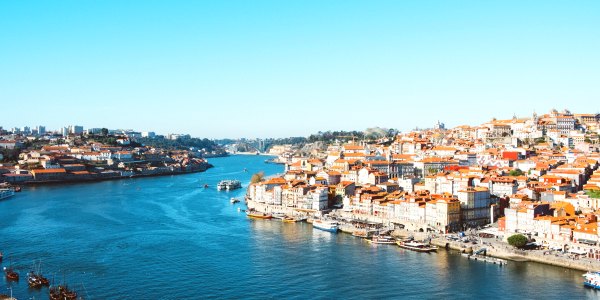
Private Expeditions - If you and your family, significant other, or a few close friends are looking for a more intimate travel experience than a group of strangers, Private Expeditions are a great way to travel. These trips are customizable, and can be crafted to perfectly suit your interests and dates.
Photography Trips - National Geographic has consistently featured award winning travel photography. They run regular contests for those inspired by the thousands of groundbreaking and historic photographs taken by journalists and travel photographers around the world. On National Geographic photography trips you can actually learn tricks of the trade from real-world photographers and improve your skills.
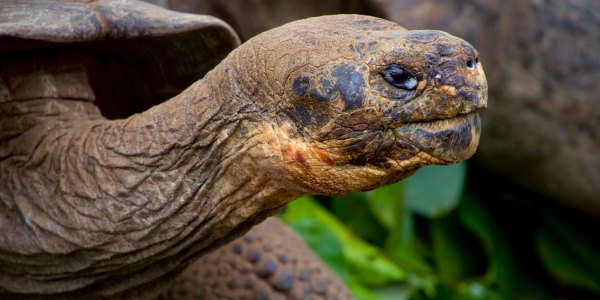
Train Trips - Travel was revolutionized with the implementation of the railroad, allowing people to travel in what was then a rapid pace from destination to destination. Today this ideal has been flipped on its head, and train travel is a leisurely paced excursion allowing time to relax and appreciate the slower meandering through beautiful countrysides. National Geographic train trips cover the classics, such as the Trans-Siberian railway and the Rocky Mountain railroad. Accommodations are comfortable, around a premium level, with options to upgrade.
Active Expeditions - For those who enjoy a bit more of an adrenaline pumping and active travel experience, National Geographic also has trips for you. These trips feature multiple active outings, such as kayaking, hiking, and caving. Expect to explore the outdoors covering unique natural phenomena and gaining insight into how and why the landscape has been shaped the way it has. These trips also feature cultural insights, just to a lesser extent.

Family Expeditions - National Geographic is the perfect company to travel with when you have curious and adventurous youngsters eager to see the world. They will learn about other cultures, people, food, nature and wildlife from experts with “cool jobs” that might even inspire lifelong interests and perhaps influence a career. These trips are specifically designed to be hands on, allowing everyone to get involved and learn about how things work.
Private Jet Trips - For a luxurious and more lengthy travel experience, nothing beats a Private Jet tour. A dedicated team will be with you, and you’ll experience all the best that National Geographic has to offer from local guides to premiere accommodation. These trips are in a very high budget range, but if it’s in your wheelhouse - it’s a superb way to travel and cover a lot of ground.
Journeys - Part of a partnership with G Adventures, these trips are adventurous and immersive small group excursions imbued with the spirit of National Geographic. The best of two top travel worlds!
Why Choose a Tour With National Geographic Expeditions?
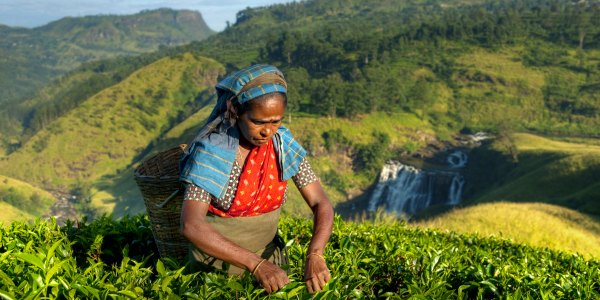
When you travel with National Geographic you are participating in and contributing to a spectacular legacy. Over the years National Geographic has cultivated a reputation for being about cultural exploration, scientific advancement, and broadening perspectives.
Their travel experiences are perfect for anyone wishing to get back to the roots of what adventurous, experiential travel really means and enjoy discovering the world from multiple angles.
Really one of the best parts about traveling on a tour with National Geographic Expeditions is the sheer breadth of knowledge, personal and professional experience their guides bring to the table. They help provide richly detailed context, historical information, and dive into the details of local life, by showing and doing as well as explaining. You the traveler will have the true experience of getting to know a place from the inside out.
If that wasn’t enough of a reason, proceeds from your trip price go towards supporting National Geographic’s ongoing nonprofit work in conservation, exploration, education, and cultural preservation.
Unlock Community Benefits
Travel better together.
- Save favorite trips and itineraries
- Get insider insights
- Receive personalized recommendations
- ... and much more
More Details
Solo friendly.
- No single supplement
- Trekking & Camping
- Photography
- Train & Rail
Travelstride featured in
About the company.
National Geographic Expeditions span the globe and are designed to reflect our travelers' broad spectrum of interests, from small-ship expeditions and classic train journeys to photography workshops and family adventures. When you travel with us, you'll enjoy boundless opportunities to be surrounded by natural wonders and exotic wildlife, to explore celebrated archaeological sites, to learn about different cultures and share in local traditions. A National Geographic expert or expert team accompanies each expedition, sharing their knowledge and passion for a region and making each experience enriching and unforgettable.
An Extraordinary Legacy of Exploration
National Geographic Expeditions, the travel program of the National Geographic Society, was founded on the same belief in the importance of exploration that distinguishes the Society's 125-year history. Launched in 1999, National Geographic Expeditions now operates hundreds of trips each year, spanning all seven continents and more than 60 destinations.
Since its founding in 1888, the Society has developed incredible resources—from its network of experts, contacts, and Society-sponsored researchers all over the globe, to the top-tier editorial staff of National Geographic and National Geographic Traveler magazines, and the books, maps, and film and television divisions. National Geographic Expeditions taps these resources to create unique and authentic expeditions to fascinating parts of the world.
As part of the National Geographic Travel group, National Geographic Expeditions aims to fulfill the Society's mission to inspire people to care about the planet by providing meaningful opportunities to explore it. Proceeds from all travel programs support the Society’s efforts to increase global understanding through exploration, education and scientific research.
National Geographic Adventures
National Geographic Adventures are unique, active itineraries for intrepid travelers that feature spectacular places, cultural interaction, and physical challenge: the perfect mix for an unforgettable adventure. Trek through some of the world's most legendary mountain ranges and veer far off the beaten path, discovering wild landscapes by foot, kayak, horseback, or camel. Each adventure has a designated activity level—from Easy to Ultimate Challenge, and you'll have the option to take it easy or push your limits on a harder hike throughout most trips. Your group will never be larger than 16 travelers, and you'll explore in the company of top guides, enjoying adventures that are both physically active and culturally rewarding.
National Geographic Student Expeditions
National Geographic Student Expeditions offer active summer travel experiences for high school students in some of the world's most amazing places. With the guidance of dynamic trip leaders and top National Geographic experts, students explore their interests, build new skills, and experience new landscapes and cultures firsthand. Each type of program—expedition, field workshop, community service trip, and photo workshop—is designed to educate and inspire, combining adventure, discovery, and cultural immersion. Photo workshops are led by a National Geographic photographer and include instruction and daily photo shoots. Students in our community service programs live in a village and work with community members on a variety of service projects. On each expedition and field workshop, students get involved in a unique, hands-on project that allows them to delve deeper into a specific topic—such as photography, wildlife and conservation, filmmaking, or archaeology—and further engage with the places they visit.
National Geographic Difference
Travel that’s tailored to your interests: Whether you're a budding photographer, a natural history enthusiast, a parent looking for a great family trip, or a traveler seeking an active adventure, you'll find an array of opportunities that fit your passions and interests.
The beauty of happenstance: Some of the best moments in travel occur when you least expect them. So that you can savor these instances and enjoy each place in a way that’s meaningful to you, we offer options and build free time into our itineraries wherever we can.
Travel in good company: Lasting friendships often begin on National Geographic Expeditions. Your traveling companions are Society members like you: active, engaged, and curious about the world.
Explore the world in comfort and style: Whether you're relaxing in the arcaded courtyard of a 15th-century monastery in Peru or speeding through Siberia on a private luxury train, our accommodations are carefully selected for their exceptional quality, location, and character.
We'll take care of the details: Leave the legwork to us. We take care of the logistics and details so you can relax, enjoy, and immerse yourself in the places you are exploring.
Exceptional resources at your fingertips: To help prepare for your trip, we’ll send you detailed information specific to your trip, including National Geographic books, articles, or maps relating to your destination. You’ll also receive a 20-percent discount on your next purchase* from our gift catalog or online store—shopng.com—as well as a free one-year subscription to a National Geographic magazine of your choice.
We’ve explored the world for 125 years. Now, let us take you with us!
National Geographic Expeditions Trips & Specials

Tibet and Nepal: Journey to the Highest Himalaya

Southern Africa Safari Experience

Columbia and Snake Rivers Journey

Egypt Private Expedition

Archaeological Wonders of Southern Italy and Sicily

Grand Canyon, Bryce, and Zion National Parks Family Adventure

South Africa Family Adventure
Want a tailor-made trip instead, your trip, your way, planned by an expert:.
- You choose budget, destinations, activities, transport & lodging type
- Expert designs the itinerary for you, and once approved, takes care of logistics
Top National Geographic Expeditions Trip Categories
National geographic expeditions company ranking by category, similar companies, about travelstride, find your perfect trip, travel confidently.

Award-winning National Geographic photographer Jad Davenport to lead first Polar Bear Photo Safari

Polar bears sparring near Seal River Heritage Lodge. Bill Lyne photo.
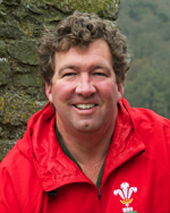
Jad Davenport
Churchill Wild is proud to announce that Jad Davenport , an award-winning author, photographer and filmmaker represented by National Geographic Creative, will lead our first Polar Bear Photo Safari of the season at Seal River Heritage Lodge from October 21-27.
Jad specializes in wilderness photography and is one of the pioneers in the field of digital photography. He shot the first digital cover and inside story for National Geographic Adventure magazine in 2004 and his stories, photos, video shorts and blog posts have appeared in leading publications that include Smithsonian, Popular Photography, Sierra, Audubon, Outside, Men’s Journal, Sunset, ISLANDS , Coastal Living and The New York Times among others.
A multiple winner of the prestigious Lowell Thomas Award and Canada’s Northern Lights Award for travel writing and photography, Jad is a former documentary photographer and filmmaker who covered a dozen wars from Bosnia to Iraq. He is a member of The Explorers Club , and has worked in over 150 countries and on all continents.
Jad has photographed extensively in polar regions, with assignments that have included Greenland, Svalbard, Nunavut, Alaska, Siberia, the Russian Far East, Antarctica, the Falklands and South Georgia. This makes him a perfect fit for the Polar Bear Photo Safari , which takes place in the HEART of polar bear country during prime polar bear season from October 21 to November 20, when the polar bears congregate in large numbers along the coast of Hudson Bay waiting for the Bay to freeze so they can begin their annual seal hunt.
The Polar Bear Photo Safari provides discerning photographers with ground level photo opportunities for Arctic wildlife including polar bears, caribou and Arctic fox, on a backdrop of stunning sea and landscapes. The pristine and remote wilderness location of Seal River Heritage Lodge on the Hudson Bay shoreline is ideal for photographing polar bears on ice and snow. Additionally, there are an exceptional number of clear nights for northern lights photography.
Photographs that truly reflect the beauty of the wildlife and their surroundings…
are taken here.
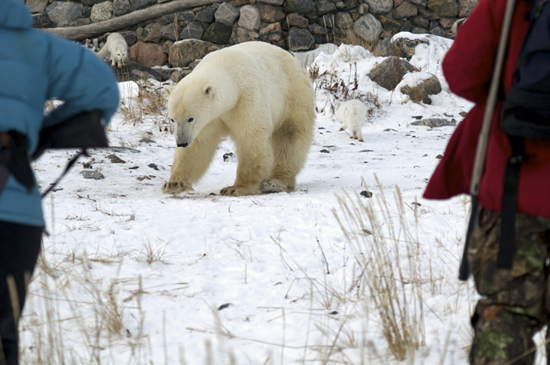
Polar bear paws while Arctic foxes scamper. Lydia Attinger photo.
For more information about Jad Davenport please visit: www.JadDavenport.com
Blog Categories
Popular posts.
- Arctic Fox Fun Facts April 27, 2020
- Arctic Fox Fun Facts May 2, 2022
- Gettin’ Busy: The awesome drama of how polar bears mate October 29, 2011
Previous Post Special Exclusive Polar Bear Photo Expedition 2014 -- Maximum 6 spots available October 25 to November 2
Next post arctic safari begins at seal river, leave a reply cancel reply.
Save my name, email, and website in this browser for the next time I comment.
Get the Latest News
Get the latest news from Churchill Wild delivered straight to your inbox!
- Email This field is for validation purposes and should be left unchanged.
By signing up for this email, you are agreeing to receive news offers, and information from Churchill Wild. Click here to visit our Privacy Policy . Easy unsubscribe links are provided in every email.
Our Partners

TF: 1.866.UGO.WILD (846.9453) P: 1.204.878.5090 F: 1.204.878.5099
- Seal River Heritage Lodge
- Nanuk Polar Bear Lodge
- Dymond Lake Ecolodge
COPYRIGHT 2020 CHURCHILL WILD POLAR BEAR TOURS. ALL RIGHTS RESERVED. PRIVACY POLICY
- Arctic Discovery
- Arctic Safari
- Birds, Bears & Belugas
- Cloud Wolves of the Kaska Coast
- Nanuk Emergence Quest
- Fall Dual Lodge Safari
- Great Ice Bear
- Hudson Bay Odyssey
- Journey to The Floe Edge
- Polar Bear Photo Safari Nanuk
- Polar Bear Photo Safari Seal River
- Summer Dual Lodge Safari
- Walking with Polar Bears
- Tundra-inspired Cuisine
- Northern Lights
- Ethical Wildlife Viewing
- Sustainability
- Our Location
- Partnerships & Philanthropy
- Employment Opportunities
- Polar Bear Blog
- Photo Gallery
- Video Gallery
- Wildlife Guide
- Weather Guide
- Churchill Wild In the News
- Testimonials & Reviews
- Awards & Recognition
- Media Inquiries
- Newsletter Subscribe
- Download Brochure
- Photo Galleries
- Churchill Wild in the News
T: 1.866.UGO.WILD (846.9453) E: [email protected]
Join Our Mailing List
- Phone This field is for validation purposes and should be left unchanged.
National Geographic photographer shares tips to capture 'creative' solar eclipse photos

If April 8 will be your first time shooting the solar eclipse, why not learn from a pro?
National Geographic photographer and Emmy-nominated director Keith Ladzinski knows a thing or two about capturing majestic photographs. The Canon "Explorer of Light," who has over 1.7 million followers on Instagram, has taken many breathtaking nature and landscape photos throughout his extensive career. He now shares his insights for all cosmos lovers out there.
"With the April 8th eclipse approaching, I’m certain there are a lot of excited photographers out there, I’m definitely one of them!" Ladzinski said. "I’m looking forward to seeing the many creative photographs that come out after this unique event!”
Those who are not in the eclipse view path can catch Ladzinski covering the eclipse live from Indianapolis Speedway on Monday, April 8 on the Weather Channel.
Snap away with these tips and tricks.
Embedded content: https://www.instagram.com/ladzinski?igsh=OTR0Ymw5ZXhrZWhh
Choosing your camera and lens
To capture the eclipse, Ladzinski recommends using Canon's EOS R series. You can also use full-frame cameras such as the EOS R5 or R8, which both offer high quality photos. The EOS R50 or R100 provide a larger sun disk due to their smaller sensor size.
"For those looking to make the most of the moment, I recommend using a versatile lens, like the Canon RF24-240mm lens, the RF200-800mm, or something that gives you a range of variability to mix up your compositions quickly and on the fly," Ladzinski said.
Choosing a lens should be based on your desired sun or moon size relative to your camera's sensor. For wide-angle shots of the eclipse, lenses like the RF15-30mm F4.5-6.3 IS STM lens will get the job done right.
Choosing a solar filter, tripod and head
Select a filter with CE or ISO certification for safe viewing and photography and be sure to check if it covers the front of your lens and rear filter for super telephotos. ND filters should not be used for direct eclipse viewing because they may not block harmful light. Improper filters can also cause camera damage.
To prevent fatigue during the eclipse, use a sturdy tripod. Opt for one with four-section legs to ensure it reaches eye-level without fully extending and portability. A suitable head for aiming your camera upward during the eclipse would be an equatorial, gimble or ball and socket.
What to do during the eclipse
For partial phases of the eclipse, use a solar filter and remove it 15 seconds before totality for the diamond ring effect and five seconds before for Baily's beads, which are both features of total and annual eclipses. Photograph the corona during totality and reapply the filter after totality for the remaining partial phases. Please be cautious of direct sunlight without a filter.
Camera solar exposure
To achieve optimum eclipse shots through manual exposure mode, test your equipment and solar filter beforehand. Periodically check your settings on the day of the eclipse for the best results.
Nina Tran covers trending topics. Reach her via email at [email protected]

IMAGES
VIDEO
COMMENTS
Set off on an 11-day photo safari of Tanzania, including a glimpse of Ngorongoro Crater, the sprawling Serengeti, herds of zebras, and pastoral villages.
Explore Africa with National Geographic photographers. 5 countries of African culture, food & nature tours. Visit Zanzibar, tour Table Mountain, Stone Town, & more.
10 of the Best African Photos Safari Companies. To make finding one easier, I've put together a list of 10 of the Best African Photo Safari companies in the business.. Over the years, I've had the pleasure of getting to know some amazing professional wildlife photographers as well as passionate enthusiasts who've raved about their photo safari experiences.
Tanzania Photo Safari. 3.5/5. 30. 57%. By National Geographic Expeditions. preferred. USTOA. Private Guided. Set out on a photo safari amid some of East Africa's most spectacular landscapes and hone your skills while photographing an ever-changing tableau of wildlife.
Kaingo Camp (South Luangwa National Park, Zambia) offers photographic hides regularly used by National Geographic, the BBC, and the Discovery Channel for wildlife photo shoots and documentaries. Kaingo features both a hippo hide and an elephant hide. ... 3-Hour Photo Safari River Cruise Along the Chobe River. For a half-day photographic ...
Experience the continent's many wonders with our experts on trips to Tanzania, South Africa, Botswana, Rwanda, Morocco, and more. Witness the annual wildebeest migration on safari in the Serengeti, or explore the sun-washed cities of Morocco through your camera lens. In South Africa, spot lions, elephants, giraffes, and more on a thrilling ...
West Africa's wonders: a safari along Senegal's wildlife-rich coast. Senegal. Adventure. Wildlife Watching. Birdwatching. Safari. More. Travel. Six of the best new eco safari trips, from Namibia to Zambia.
Embarking on a Botswana photography safari is a dream for many photographers. During our extensive self-drive journey through Botswana's major National Parks, the untouched wilderness provided a unique canvas for our lenses.. As seasoned travellers, and Lars being a recognized photographer, with his images featured in Africa Geographic, we bring a wealth of firsthand experience.
However, Paul Goldstein, the award-winning wildlife photographer who was guiding our trip, dismissed these pictures as mere 'snapshots'. We'd quickly learn he wasn't interested in helping us get 'postcard' pictures of as many animals as possible; we'd be trying to get a handful of skilfully taken photographs that would tell a story.
The easiest way to achieve this is with interchangeable lenses—preferably a zoom lens around 200-400mm and another lens for wide landscape shots. The optimal setup is two cameras: one with a ...
From $ 9830 /USD. per person per tour. VIEW SAFARI. 5 DAYS. Mashatu Land of the Giants Safari. Southern Africa Johannesburg Botswana Mashatu Game Reserve. From $ 3900 /USD. per person per tour. VIEW SAFARI.
Safari. The fly drive jaguar safari is a great option if you have limited time and want to maximize your time on the river with the jaguars. Fabricio is the best guide in the Pantanal! 20 years ago while working on the first ever Jaguar story for National Geographic Magazine I worked with Fiao who was the ranger for Pantanal National Park and ...
Specializing in landscape, travel and humanitarian photography, his photographic portfolio spans the four corners of the globe and all 7 continents. Not too long after picking up his first digital camera in 2006, Colby was leading workshops for National Geographic in South America, further spurring his love for both travel and photo education.
Amsterdam Photo Safari offers private tours or takes people in very small groups. Beginners can spend time working on their camera skills and composition. Meanwhile experienced photographers can dart around the city snapping as many locations as possible — all perfectly timed so the light is optimal at each location.
Todd has been the "on screen expert" for two National Geographic Great Migration television specials. Iconic Gustafson Photo Safari bird photographs hang in the San Diego Museum of Natural History as part of the "Birds of the World" exhibit. His award-winning photographic skills, knowledge of animal and bird behavior, as well as his ...
African elephants in Maasai Mara National Reserve, Kenya. (Photo by Edwin Remsberg/VWPics/Universal Images Group via Getty Images) Throughout the last year of border closings and stay-home orders, I realized just how much I love safaris and it made me all the more excited to begin planning one for sooner rather than later, now that borders are opening back up and traveling internationally is ...
According to the first-ever Great Grevy's census, conducted January 30-31, 2016, Kenya is home to 2,350 Grevy's zebras, around 90 percent of the world's population. The zebras' precarity makes ...
The travel style with National Geographic Expeditions has an aura of old fashioned exploration with a modern twist. National Geographic Expeditions is a family friendly outfit, offering a wide range of prices and trip styles. Trips vary from mid range budget to higher. Physical level is usually light to moderate.
Churchill Wild is proud to announce that Jad Davenport, an award-winning author, photographer and filmmaker represented by National Geographic Creative, will lead our first Polar Bear Photo Safari of the season at Seal River Heritage Lodge from October 21-27.. Jad specializes in wilderness photography and is one of the pioneers in the field of digital photography.
Choosing a lens should be based on your desired sun or moon size relative to your camera's sensor. For wide-angle shots of the eclipse, lenses like the RF15-30mm F4.5-6.3 IS STM lens will get the ...